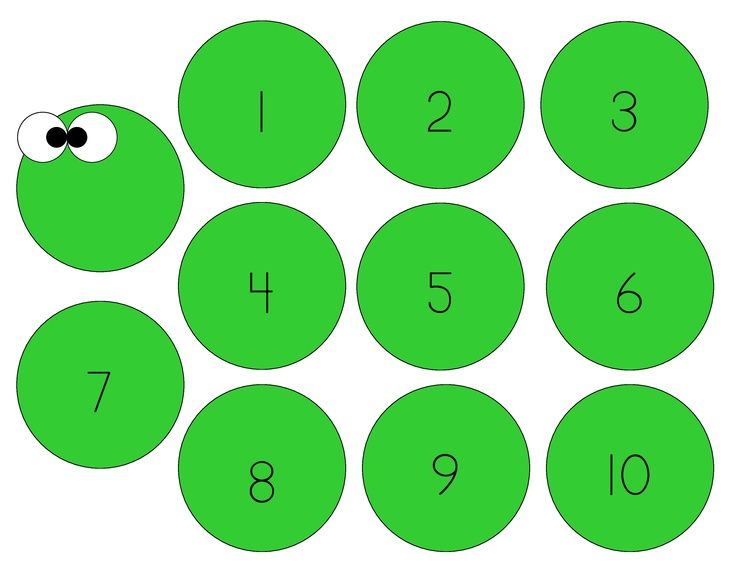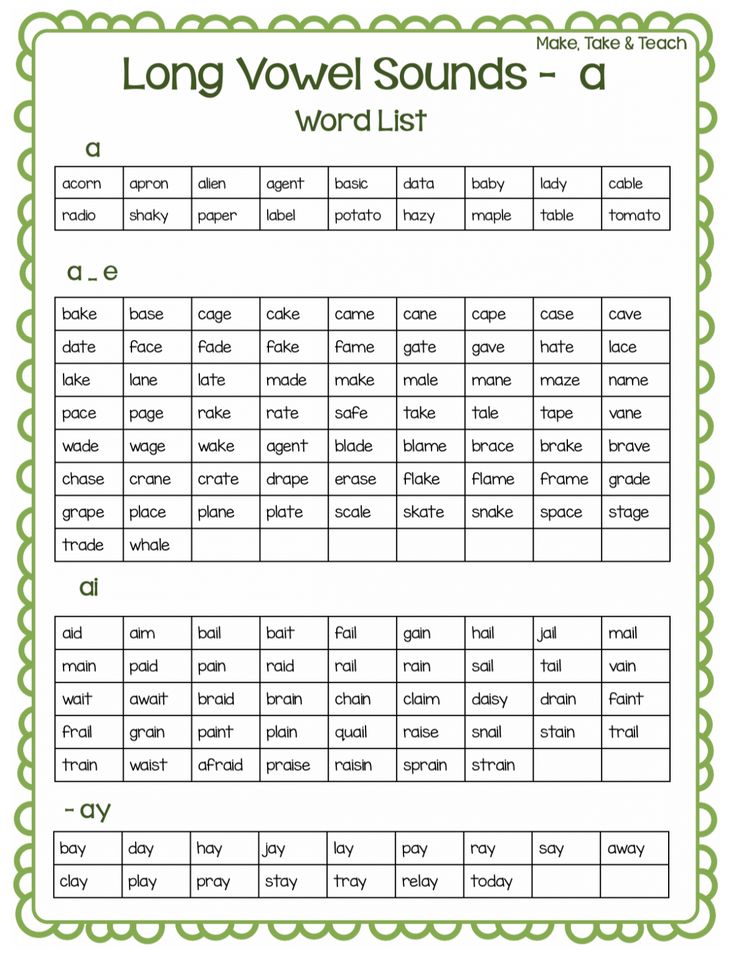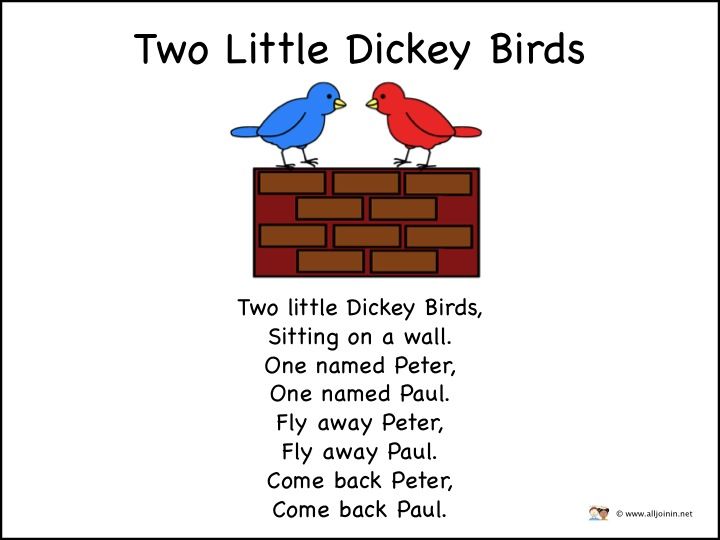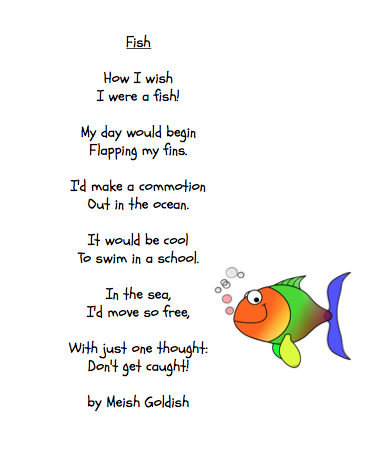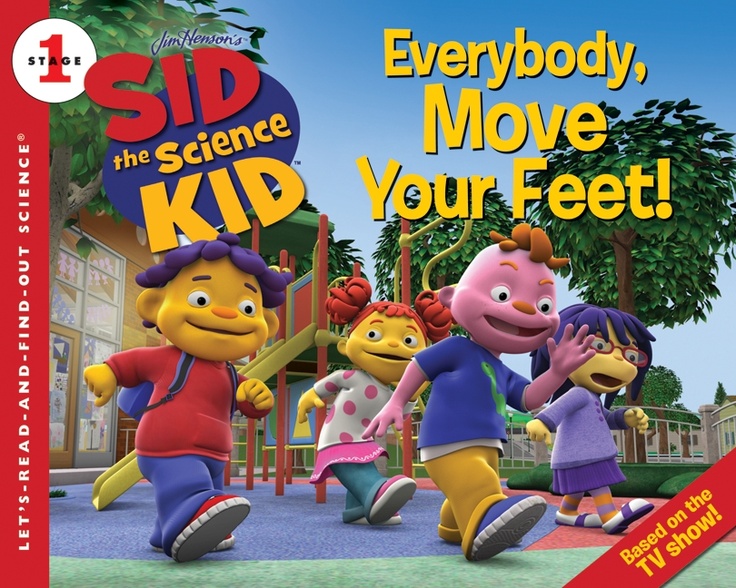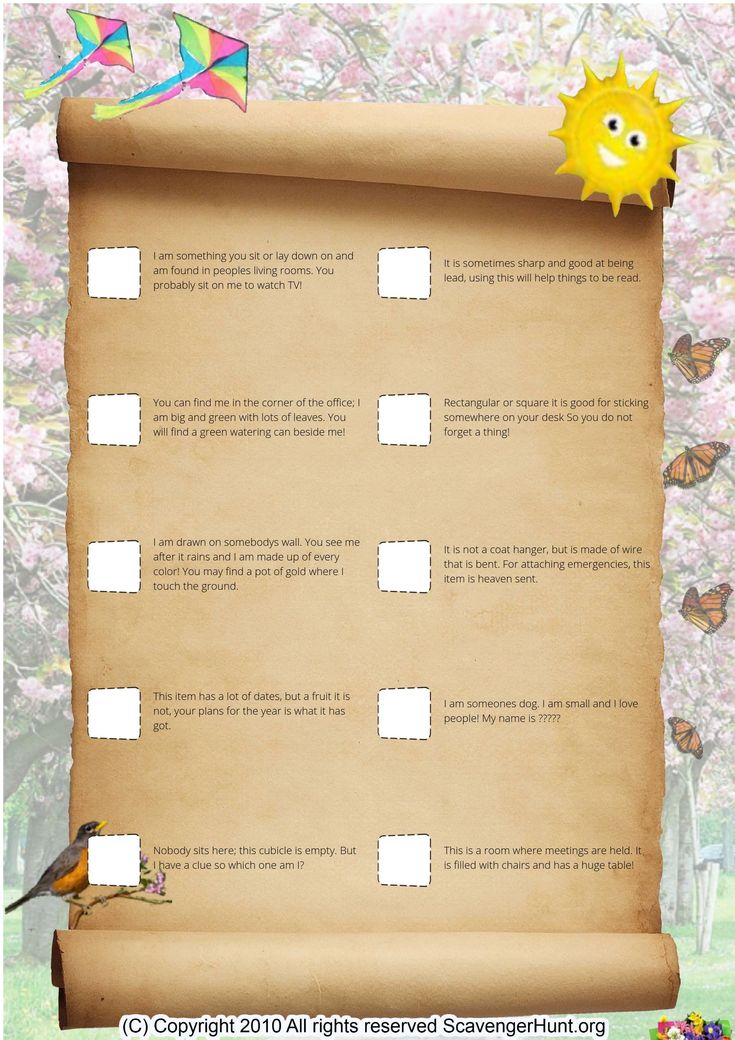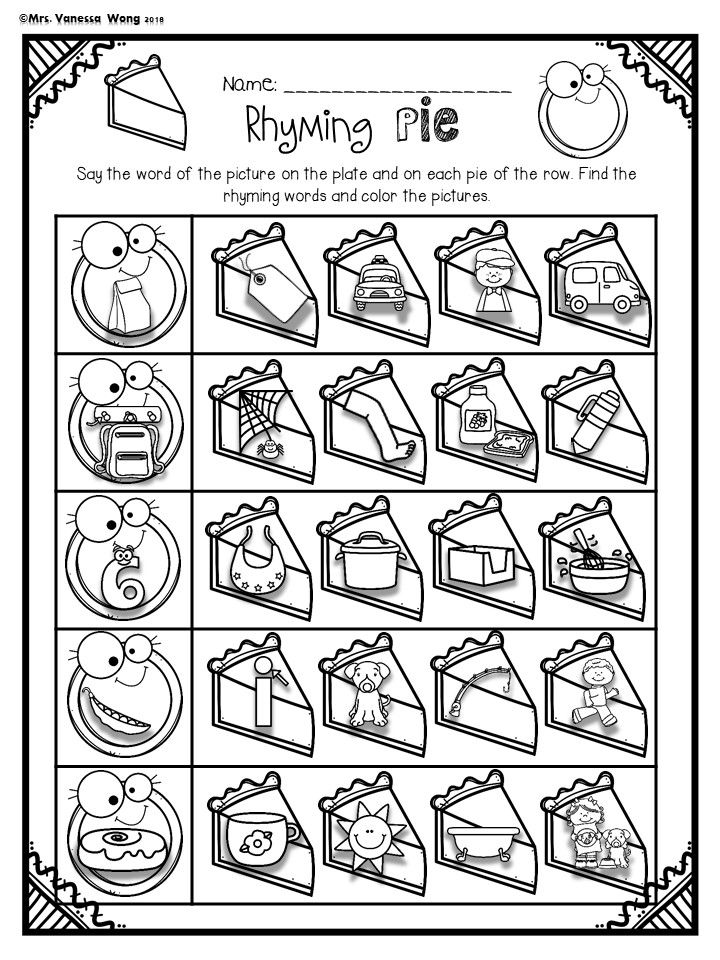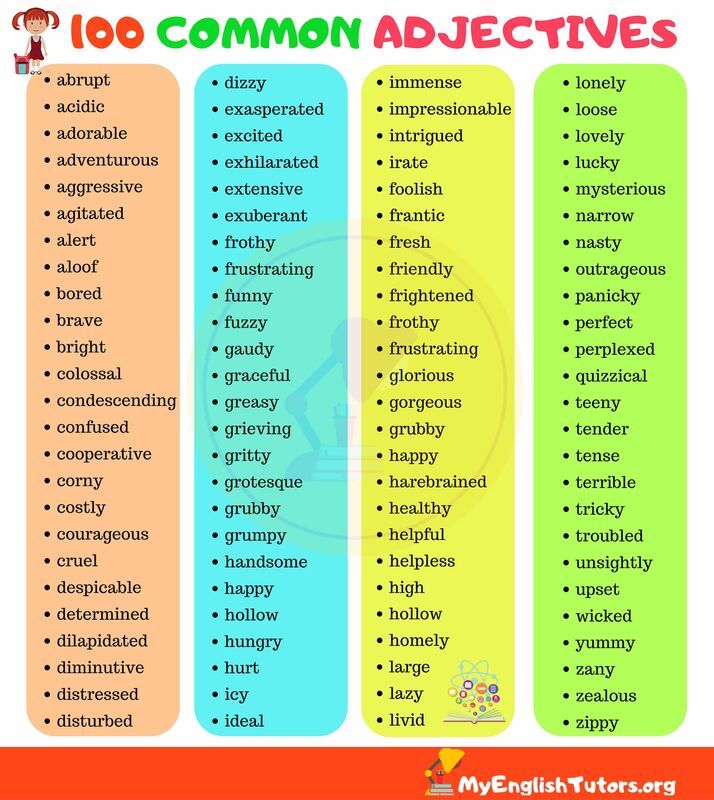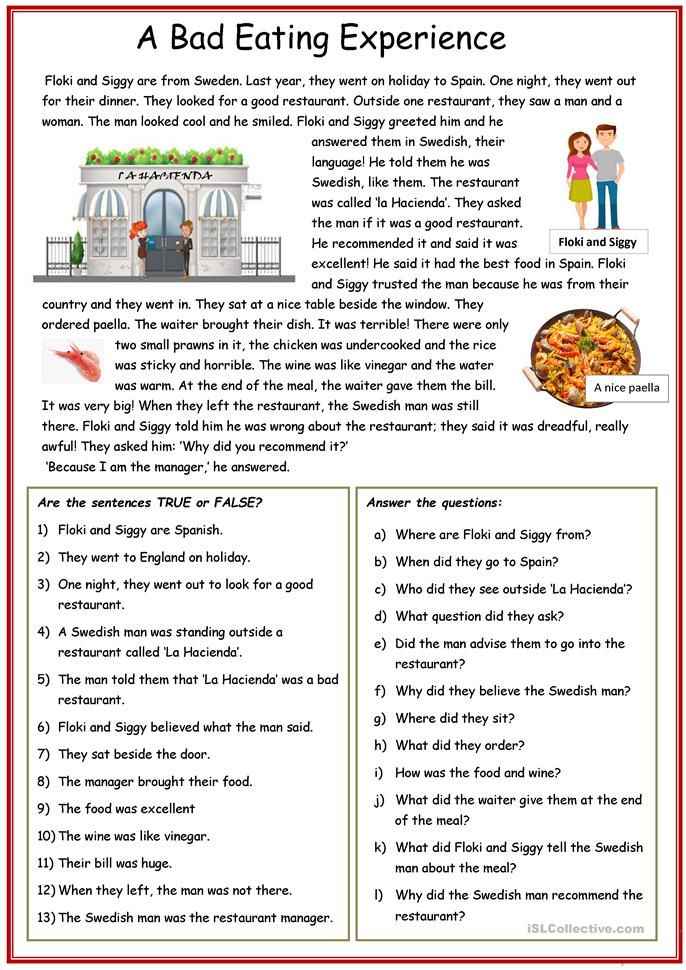Writing games for adults
5 Fun Writing Games to Play While You’re Waiting for Inspiration to Strike — Chippewa Valley Writers Guild
Kensie Kiesow
Have you ever been in a mood to write, but you’re not sure what to write about? Maybe you’re stuck on an idea that’s going nowhere, or a plot that’s going somewhere, but you don’t like where it’s ended up. Or, maybe you’re bored and this whole writing thing is something different to pass the time. In any case, games are a great way to relieve any stress or anxiety that might be preventing you from working on the next Great American Novel (cue waving flag and fireworks). Creative people often get stuck in their heads about their projects and it’s difficult to escape that spiral, especially when a deadline is fast approaching. However, it’s important to take a step back from your work every now and then to give your brain something else to chew on for a while, so let’s play some games!
“Complete the Story”
This here game is the only one on this list that requires a group of writers (at least two, but the more the zanier!) and it can easily be adapted to a socially distant e-mail chain. Firstly, you will need a prompt. The more vague or ambiguous the prompt the better because then it opens each story up to multiple, vastly different interpretations, and we at the guild have found that prompts in the form of a picture or painting work wonders for this. Next, now that you’ve got a group of creative writers and an intriguing prompt, it’s time to start writing your stories. After each player has had a moment to divine a story from the selected prompt, they have three minutes of speed writing before passing the document onto the person next to them in a clockwise motion. If you wish to adapt this to a socially distanced, e-mail format, your group will have to devise a hypothetical circle around which to pass the documents. The number of rounds wherein your group passes the document is absolutely up to you and your group, but eventually, each story should be written to conclusion. Once the stories are completed and returned to their original writers, read them back to the group and try not to laugh!
For this game, pick two books from your bookshelf completely at random.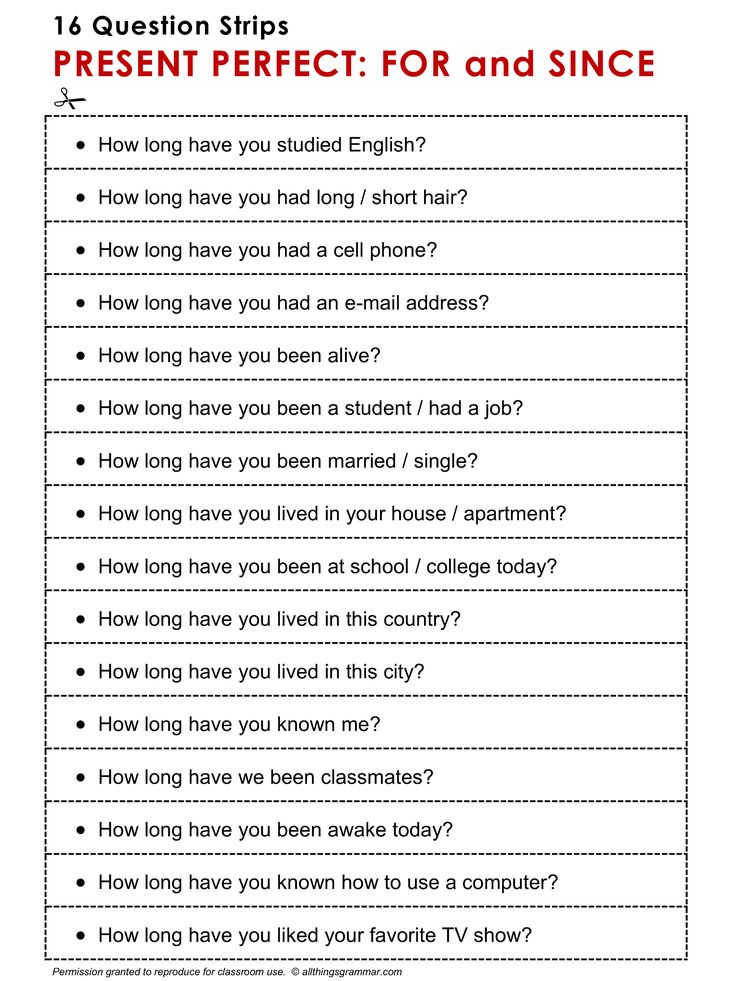 With your eyes closed, flip through the pages of the first book until some intuition from deep in your gut tells you to stop, then with that same gut intuition and your eyes closed, pick a line at random. This line will be what starts your story. Now, turn to the second book you pulled and choose another line using the same search process. As I’m sure you can guess, this second line will be the last line of your story. Write the starting line at the top of a piece of paper and the ending line on the bottom and try to connect these two, completely random thoughts!
With your eyes closed, flip through the pages of the first book until some intuition from deep in your gut tells you to stop, then with that same gut intuition and your eyes closed, pick a line at random. This line will be what starts your story. Now, turn to the second book you pulled and choose another line using the same search process. As I’m sure you can guess, this second line will be the last line of your story. Write the starting line at the top of a piece of paper and the ending line on the bottom and try to connect these two, completely random thoughts!
Some poem formulas present unique creative challenges, like the sonnet or villanelle, which require a specific structure when written traditionally. Contemporary poetry writing has all but thrown propriety out the window, but sometimes returning to your grandparent’s age of poetry can be fun game to pass that unproductive time staring at a blank page. The pantoum form consists of four-line stanzas wherein the second and fourth lines of the first stanza become the first and third lines of the next stanza, and so on and so forth.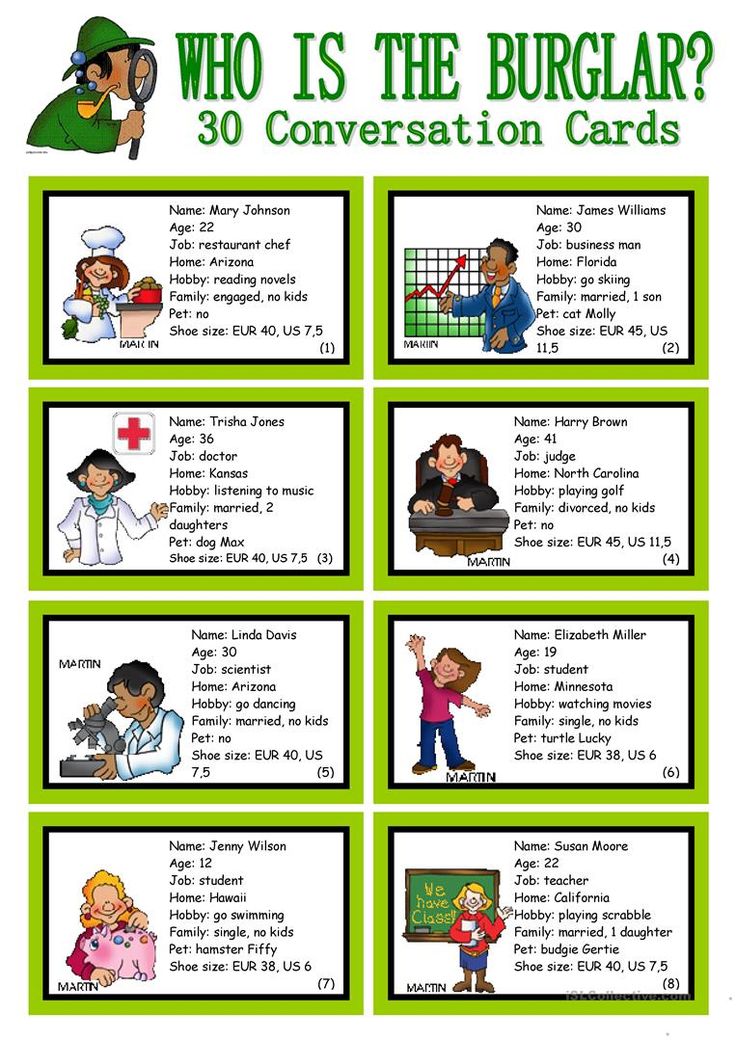 Your poem can be however long you want, but in the last stanza, the pattern switches up. Instead, the third and first lines of the first stanza become the second and fourth lines of the last, so your poem should end with the beginning line. Sound complicated enough? If your answer is no and you’d like to take this poem a step further, steal four lines from your favorite song or poem and build the rest of your pantoum from there!
Your poem can be however long you want, but in the last stanza, the pattern switches up. Instead, the third and first lines of the first stanza become the second and fourth lines of the last, so your poem should end with the beginning line. Sound complicated enough? If your answer is no and you’d like to take this poem a step further, steal four lines from your favorite song or poem and build the rest of your pantoum from there!
With one sheet of paper, write a story or poem wherein the first sentence or first line contains twenty-six words. No more, no less. As you write, knock off one more word from each sentence or line until you end up with just one word. If you’re writing a poem, you can use enjambment to cheat a little bit, but if you want to up the ante, try to make each line a complete sentence. Conversely, you could write a story that begins with a one-word sentence and grows to twenty-six!
“Dialogue”Dialogue is notoriously difficult to write.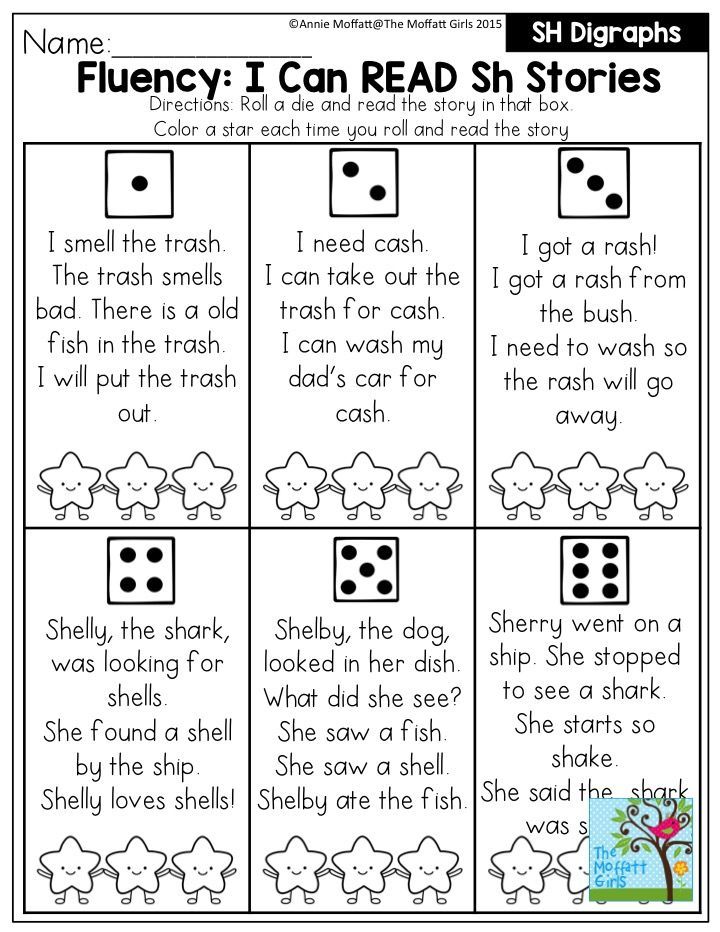 There hasn’t been one writer in the history of the world who hasn’t, at some point, struggled with dialogue. It always sounds too unnatural or trite to their ears, so this game can provide you with a little no-stakes practice. Firstly, you’ll need three hats. Or, you could use envelopes, boxes, your friends’ purses, bowls, what have you, but you need three containers. Cut up a bunch of little slips of paper and write out as many places as you can think of in ten seconds and put them in the first hat. These could be rooms in your own house, a Macy’s, a national park, or the surface of the sun. Into the second hat, dump an equal number of slips on which you’ve written your characters: a mother and her son, three teen gal pals, a chicken and a goose, or a priest, rabbi, and monk. In the third and final hat, list some interesting topics like hiking in the Andes, dentistry, baking, Frankenstein, etc. Your topics can be anything you want, but make sure you can get a story out of it.
There hasn’t been one writer in the history of the world who hasn’t, at some point, struggled with dialogue. It always sounds too unnatural or trite to their ears, so this game can provide you with a little no-stakes practice. Firstly, you’ll need three hats. Or, you could use envelopes, boxes, your friends’ purses, bowls, what have you, but you need three containers. Cut up a bunch of little slips of paper and write out as many places as you can think of in ten seconds and put them in the first hat. These could be rooms in your own house, a Macy’s, a national park, or the surface of the sun. Into the second hat, dump an equal number of slips on which you’ve written your characters: a mother and her son, three teen gal pals, a chicken and a goose, or a priest, rabbi, and monk. In the third and final hat, list some interesting topics like hiking in the Andes, dentistry, baking, Frankenstein, etc. Your topics can be anything you want, but make sure you can get a story out of it.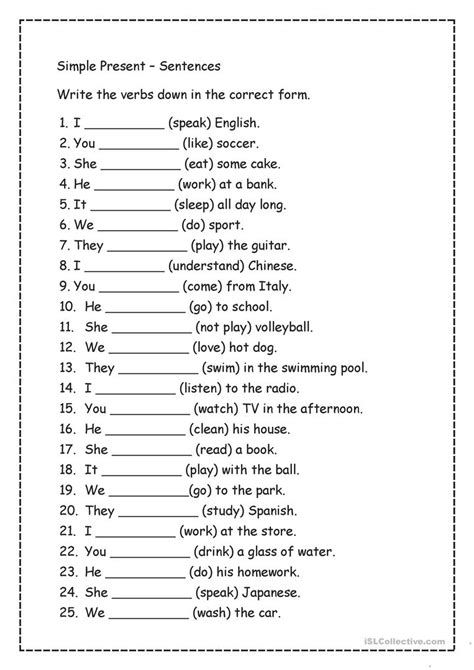 Choose one slip of paper from each hat and write a scene about what happens using ONLY dialogue! Your dialogue must include a mention of the place in which the characters are talking as well as some action, body language, and most importantly, a narrative. Writing dialogue can be stressful, but practice makes perfect and games make practicing fun!
Choose one slip of paper from each hat and write a scene about what happens using ONLY dialogue! Your dialogue must include a mention of the place in which the characters are talking as well as some action, body language, and most importantly, a narrative. Writing dialogue can be stressful, but practice makes perfect and games make practicing fun!
Now, go write!
Visual Poetry
Click the 'Launch Visual Poetry Controls' button and explore your creativity by drawing word mosaics with your poetry.
How to use the Control Screen:
- Enter your poem or other text in the "Text" field.
- Optional: Choose minimum size, maximum size, random angle, text color, and/or background color.
- Click anywhere on the page, hold down the mouse and draw a picture.
- Click "Clear" to start over or "Save" to save your drawing as an image.
Example Word Mosaic using the first few lines of Allen Ginsberg's, Howl:
What is Visual poetry?
Visual poetry incorporates graphic details like images, colors, layout, shapes, typography, and patterns into the poem in order to emphasize the meaning of a poem.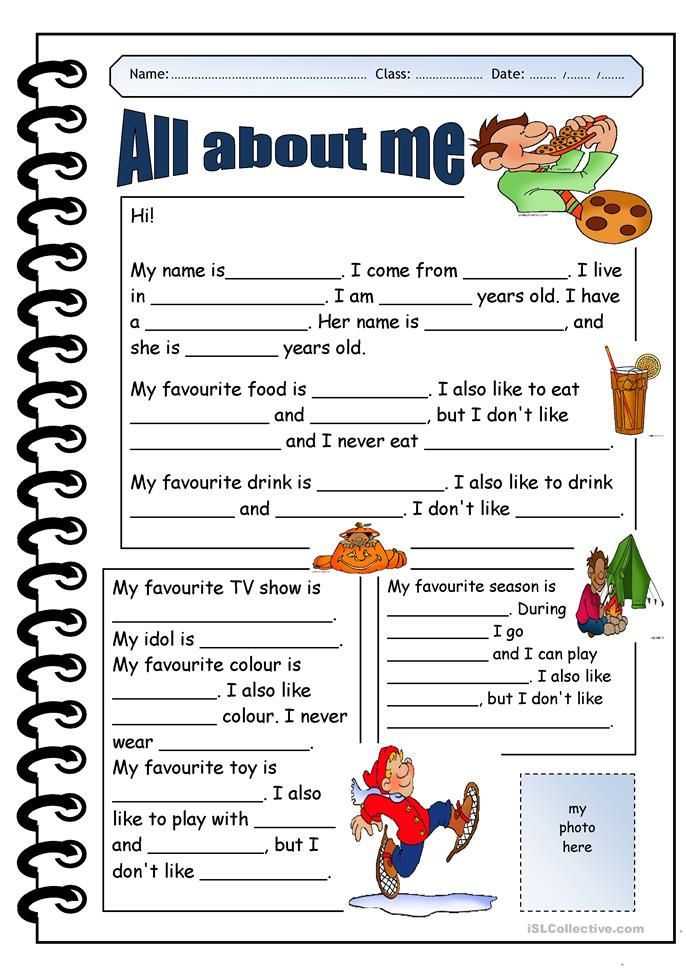 Visual poetry should try to engage the reader on a sensory level, using the visual appearance of the poem to add another layer of meaning to the words. Examples of visual poetry include concrete poetry and ekphrastic poetry.
Visual poetry should try to engage the reader on a sensory level, using the visual appearance of the poem to add another layer of meaning to the words. Examples of visual poetry include concrete poetry and ekphrastic poetry.
Ideas for Creating Visual Poetry:
- Combine words and images to create a collage-like effect that adds depth and meaning to the poem.
- Play with the arrangement of the words on the page to create visual patterns and shapes.
- Experiment with different media, such as charcoal or watercolor, to add texture and visual interest to the poem.
- Use colors to add emotion and emphasis to the words.
- Experiment with different layouts, such as circular or diagonal arrangements, to add interest and movement to the poem.
- Use different fonts and sizes to create emphasis and rhythm in the poem.
- Use white space to create contrast and emphasis on certain words or phrases.
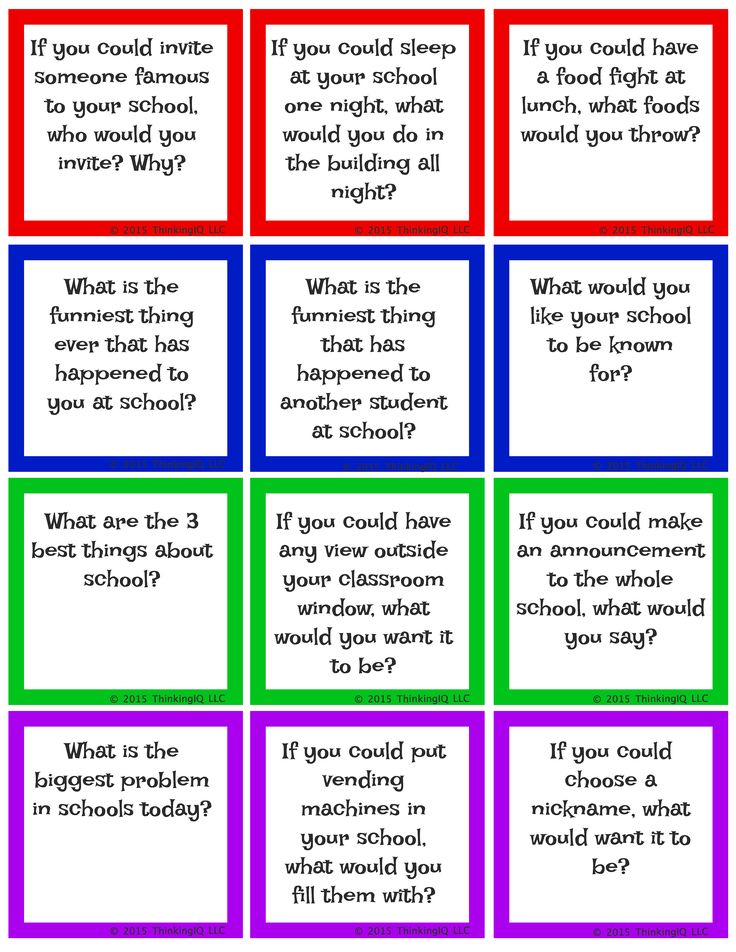
- Incorporate visual elements from nature, such as leaves or flowers, to add texture and dimension to the poem.
- Use repetition of words or phrases to create a visual and rhythmic effect.
- Use images and symbols to reinforce the theme or meaning of the poem.
Types of Visual Poetry
Concrete Poetry
One of the most well-known types of visual poetry is concrete poetry, also known as shape poetry. In concrete poetry, the words of the poem are arranged on the page to create a visual image that relates to the meaning of the poem. For example, a poem about a bird might be arranged in the shape of a bird on the page, with the words forming the bird's wings, body, and tail. This visual representation of the poem's subject helps to reinforce the meaning of the poem and creates a more engaging reading experience.
Ekphrastic Poetry
Another type of visual poetry is ekphrastic poetry, which uses visual art as a starting point for the poem.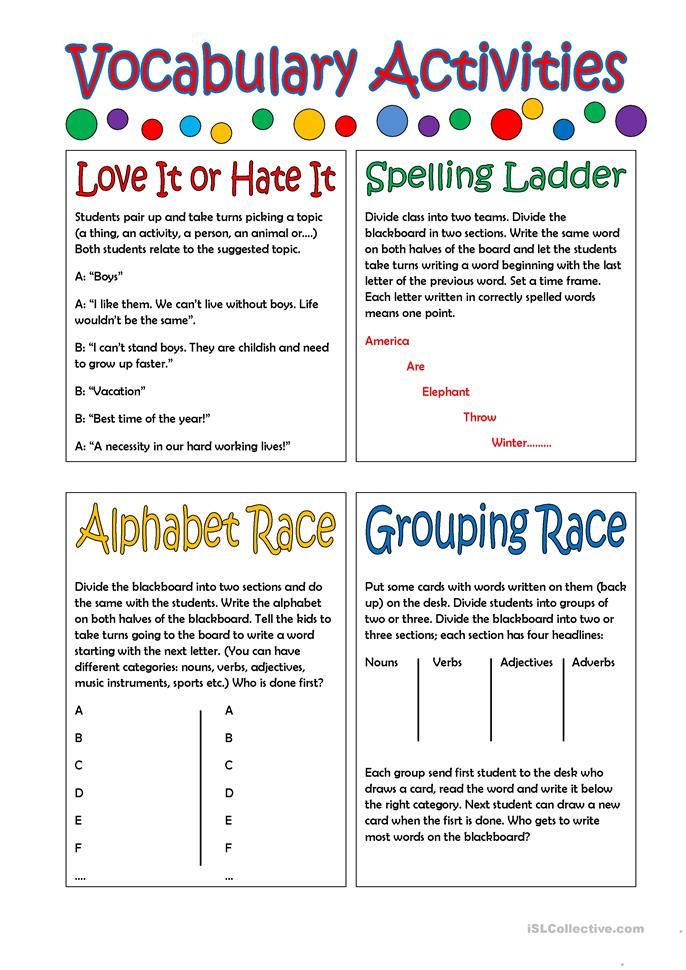 Ekphrastic poetry often describes a work of art in detail, either by directly describing the artwork or by using the artwork as a jumping-off point for a more abstract exploration of the themes and ideas presented in the artwork. This type of poetry can help to bring new meaning and depth to a work of art, and can also help the reader to engage with the art on a deeper level.
Ekphrastic poetry often describes a work of art in detail, either by directly describing the artwork or by using the artwork as a jumping-off point for a more abstract exploration of the themes and ideas presented in the artwork. This type of poetry can help to bring new meaning and depth to a work of art, and can also help the reader to engage with the art on a deeper level.
Calligrams and Asemic Writing
In addition to concrete and ekphrastic poetry, there are many other forms of visual poetry, such as calligrams, which use the arrangement of words to create a visual image, and asemic writing, which uses abstract symbols and shapes to create a visual language. No matter the form, visual poetry offers a unique and engaging reading experience that engages the reader's senses and imagination in a way that traditional poetry cannot.
Visual poetry is a fascinating and unique form of poetry that incorporates visual elements to enhance the meaning and experience of the poem.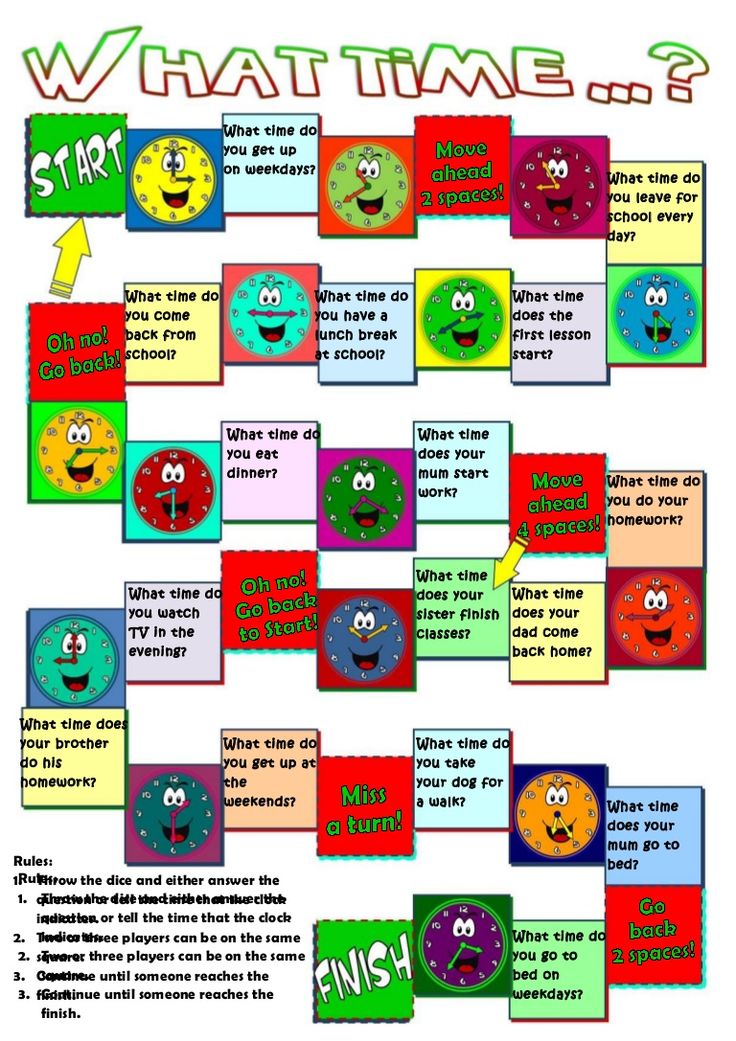 Whether through the use of typography, layout, or other design elements, visual poetry offers a rich and engaging reading experience that engages the reader's senses and imagination.
Whether through the use of typography, layout, or other design elements, visual poetry offers a rich and engaging reading experience that engages the reader's senses and imagination.
Visual Poetry gizmo made by: Tim Holman
frolicking until the teacher sees!
Even the most diligent students are looking forward to the call from the lesson and the teacher's phrase: “The lesson is over. Write down your homework" . The second most popular phrase among schoolchildren, which is like a balm for the soul: “I'll go out for a couple of minutes. Sit quietly, mind your own business. The door is open - I can hear everything" .
Earlier, at such moments, classmates acted according to a plan worked out to automatism: nine0007
- One or two sheets of paper were carefully torn out of the notebook.
- Pencil cases with pencils and pens were uncovered with lightning speed.
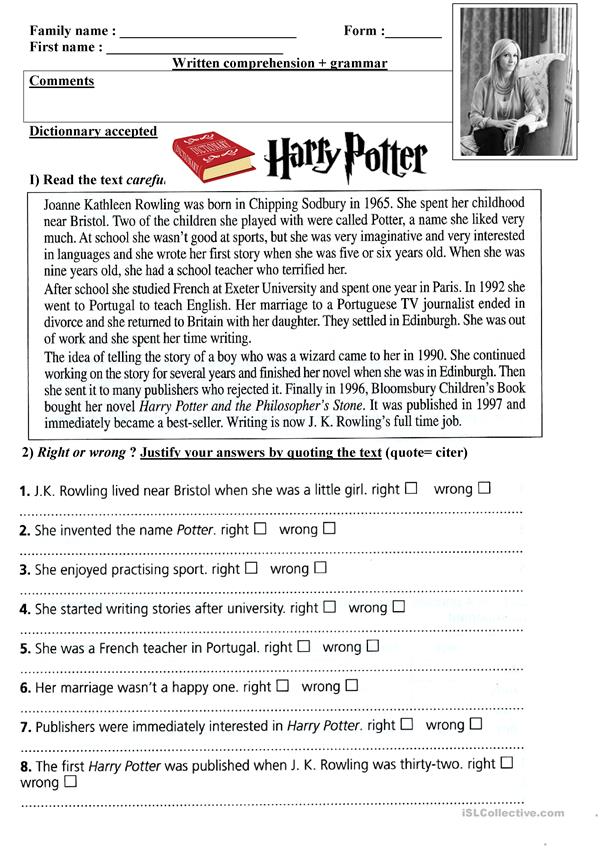
- We began to diligently draw the playing field. And even several at once.
Children of the 21st century have radically different interests and completely different tactics for taking an unplanned break. As soon as the teacher leaves the classroom and there are 10-15 free minutes, smartphones are immediately in the hands.
The phone is always on alert, and it is used for games, communication via instant messengers, checking your pages on social networks, watching cool videos and pictures, getting to know new tracks by Max Korzh, Scryptonite and Tima Belorussky.
Is this correct? More likely no than yes. Scientists have long proven that the constant presence in front of the screen for children is fraught with such negative moments:
- radiation affects up to 60-80% of brain structures; nine0012
- the reaction to various sound and light signals slows down;
- attention and semantic memory deteriorate by approximately 50%;
- Myopia and other vision problems occur;
- increases fatigue, which sometimes reaches a critical point.
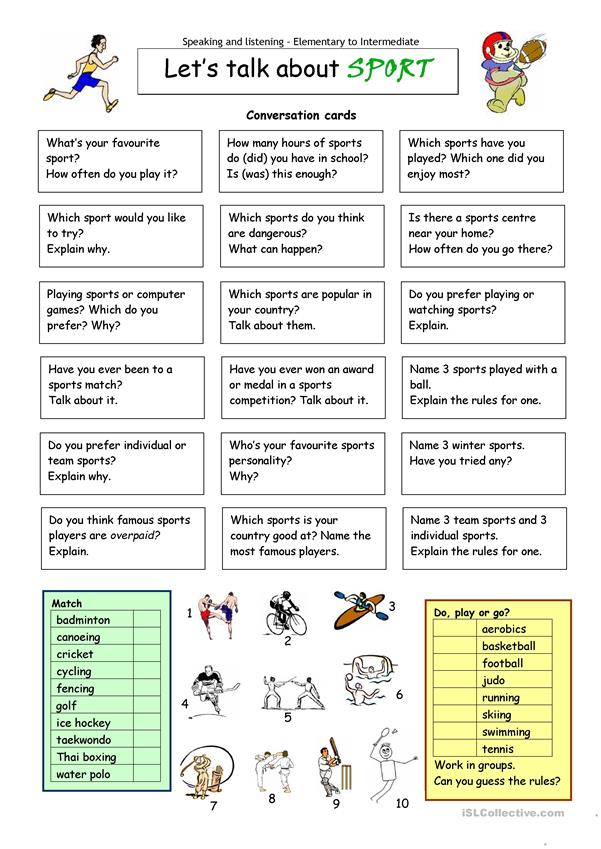
And yet, although not always, but often, this is a noticeable mental disorder, mood swings, biorhythm failures, insomnia. Not every parent and teacher understands that this should not be the case. nine0007
Children's health is no joke. Leisure activities and even ten-minute breaks in study should be beneficial, not harmful. That is why the Igromag team decided to remember the old days and try to renew the children's interest in paper games.
More than one generation grew up on them. Some games may seem ordinary and simple, but they do not become less interesting and useful.
So, in front of you is the top ten games on the cards + a bonus from Igromag : Recommendations for board games that are similar in style, gameplay, and game mechanics. Go!
Use letters and numbers
Balda is considered a classic among the many word games for 2-4 players.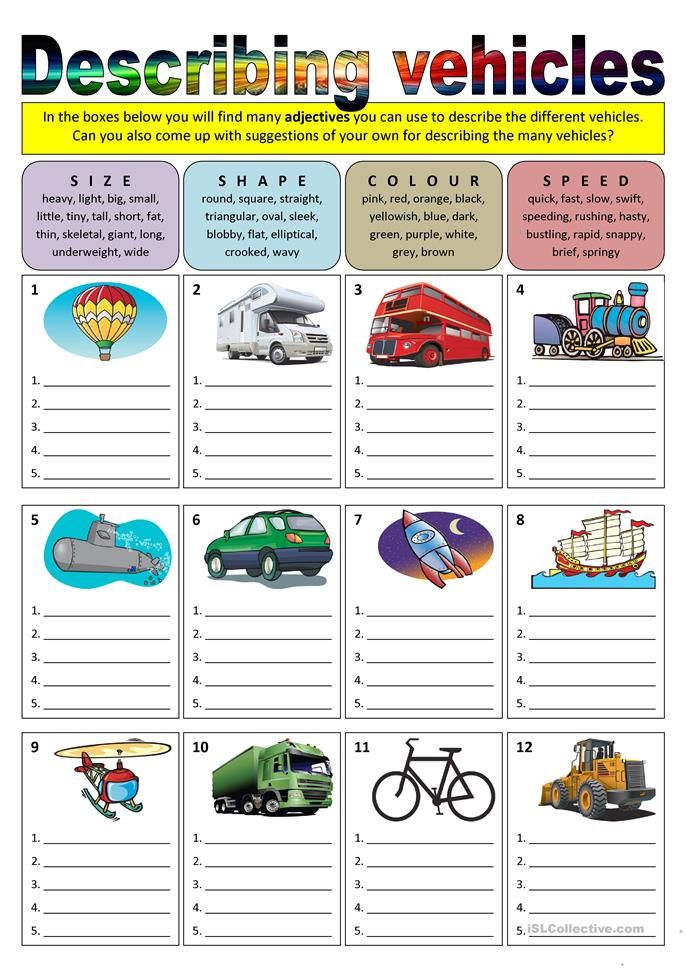 What is its essence and how to play? Everything is simple here. You draw a square field on a piece of paper in a box (the more, the better), write any word in the central line, and each player in turn adds one letter, forming new words. nine0007
What is its essence and how to play? Everything is simple here. You draw a square field on a piece of paper in a box (the more, the better), write any word in the central line, and each player in turn adds one letter, forming new words. nine0007
The longer the word is invented, the more points fall into the piggy bank. After all, each letter in the word = 1 point. The rules say that words can be located on a horizontal or vertical straight line, and also have a zigzag shape, but only at a right angle (this is a prerequisite). Another requirement is not to repeat words, but to invent new ones.
Even if you didn't manage to win, it doesn't matter. In any case, you won, because you further developed skills such as memory and observation, expanded your vocabulary, and showed erudition. nine0007
“Executioner” or “Gallows” is a game for two or more participants in which you need to guess the word made by one of the players. Most often, words are nouns in the singular.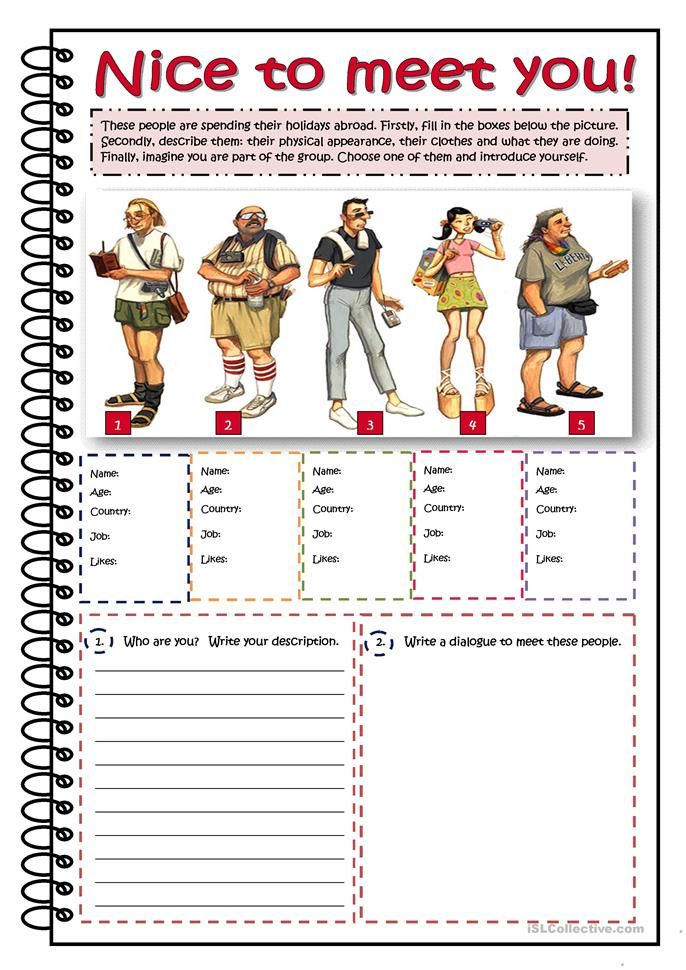 Squares or lines are drawn on paper for each letter, the first and last letters can be indicated. The rest must be guessed.
Squares or lines are drawn on paper for each letter, the first and last letters can be indicated. The rest must be guessed.
According to the rules, a gallows is drawn on the sheet, where for each mistake the player adds a part of the human body (head, torso, two arms and two legs). If the word is guessed before the whole little man is in the loop, this is a victory. If the last leg is drawn, but the word remains a mystery, then defeat. nine0007
Now you know how to play Hangman, and you have a great opportunity to spend your free time to good use. At a minimum, learn new vocabulary words that are rarely used in daily communication.
Tired of letters? We turn to the numbers and proceed to the game "Palms" on paper. The preparation will take a few minutes. Step one: each of the two players must draw a palm on a piece of paper in a box. You can improvise, but it's better to circle your own. Step two: enter numbers in the drawing area - from 1 to .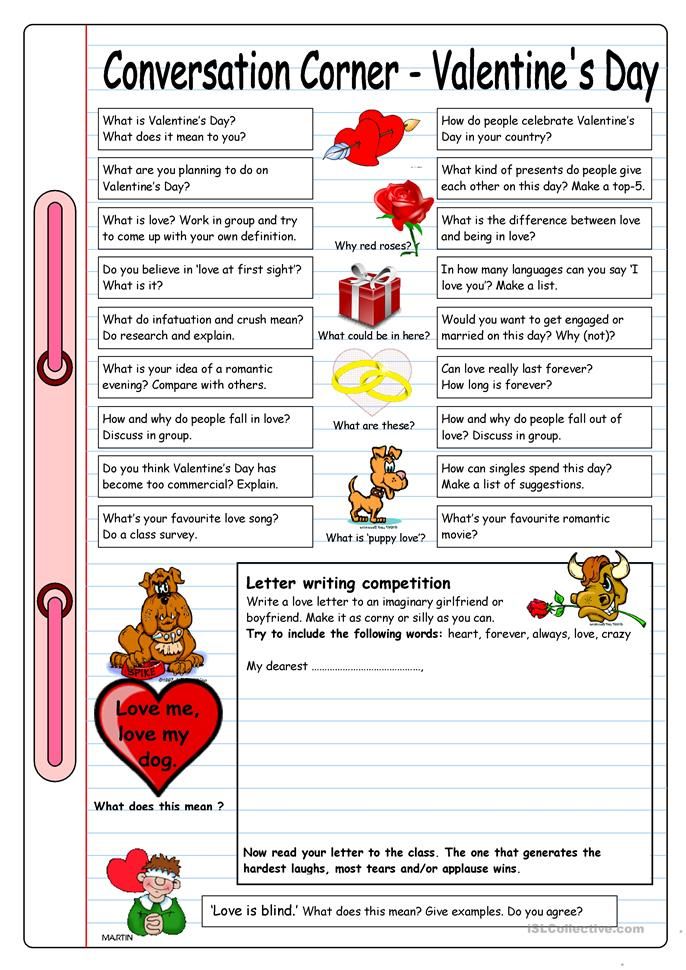 .. (here, as you agree). The more chaotic the arrangement of numbers, the more difficult it is for the opponent. nine0007
.. (here, as you agree). The more chaotic the arrangement of numbers, the more difficult it is for the opponent. nine0007
Next, you exchange prepared sheets and the game begins. One player calls a specific number, and the second quickly looks for it on his sheet. While the search process is in progress, the participant who guessed the number puts crosses in the cells around the palm. Stops only after the digit is found. After that, the turn passes to another player. The winner is the one who first fills all the free cells with crosses.
Time flies by very quickly while playing. At the same time, it perfectly trains attention and concentration. And if the child is just starting to learn the basics of arithmetic, this is also an effective additional lesson in a playful way. nine0007
Recommendations of the Igromag team
Continuing the theme of numbers, we recommend the deductive board game Break the Code .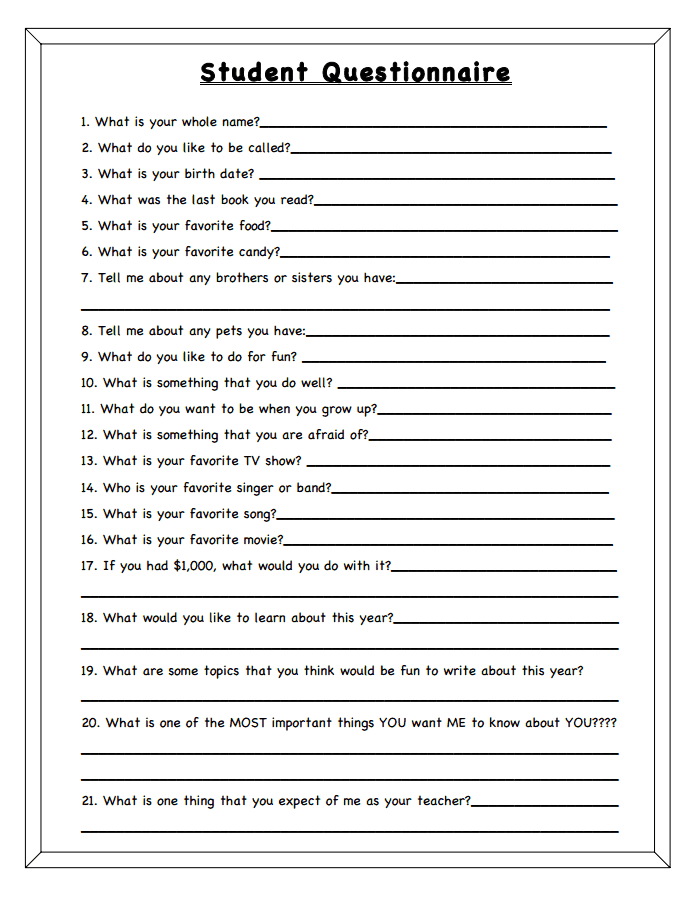 It is designed for 2-4 players and takes about 15 minutes. It's easy to win: it's enough to "crack" the opponent's code by asking him special questions from the cards. But answering questions does not guarantee victory. Here you need to connect intuition, and use the method of elimination, and do not forget about attentiveness. nine0007
It is designed for 2-4 players and takes about 15 minutes. It's easy to win: it's enough to "crack" the opponent's code by asking him special questions from the cards. But answering questions does not guarantee victory. Here you need to connect intuition, and use the method of elimination, and do not forget about attentiveness. nine0007
For a large company (from 3 to 8 people), the game "Imagination Geometry" is ideal, the purpose of which is to develop fantasy to the maximum limit. How to play? You need to make pictures from signs, patterns and diagrams, thus explaining the words. There are no words and phrases here: famous personalities, works of art, concepts from different sciences, names of musical compositions and much more.
Another interesting card game "7 vs 9" with very simple and clear rules. From 2 to 4 participants can play it, and the process itself lasts no more than 10-15 minutes.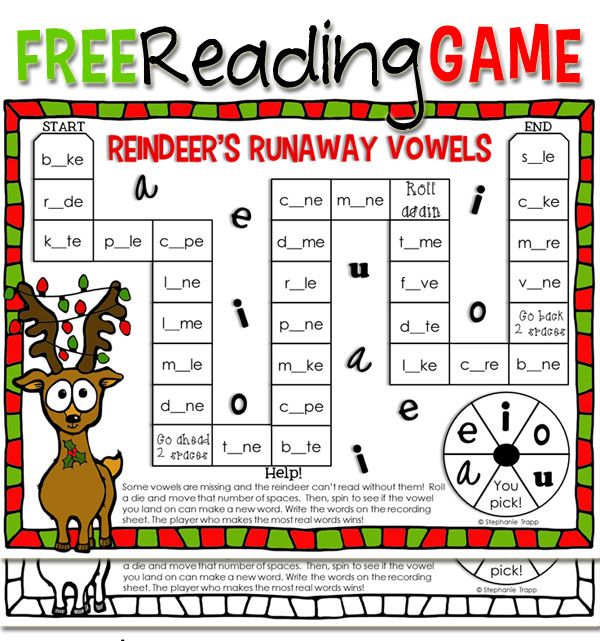 The main task of each player is to get rid of their cards. Everything is tied to numbers, and your best assistants are: lightning-fast reaction, the ability to add and subtract as accurately as possible, and, of course, a sincere desire to win.
The main task of each player is to get rid of their cards. Everything is tied to numbers, and your best assistants are: lightning-fast reaction, the ability to add and subtract as accurately as possible, and, of course, a sincere desire to win.
Time to use tactical thinking
It is difficult to find a student (regardless of age) who has not played Tic-Tac-Toe at least once in his life. You don’t even need paper for this game: you can draw a 3x3 field with your finger on a foggy window, with chalk on a blackboard, with a branch on the sand of a sports ground. There are really many options, but the rules are one.
Before you play tic-tac-toe, you decide who puts tic-tac-toe and who puts tic-tac-toe. Then, one by one, fill in the empty cells. If you managed to make a line of three crosses or zeroes, then you won. This line can be horizontal, vertical, or diagonal. nine0007
To always win, you need to develop certain tactics and move correctly.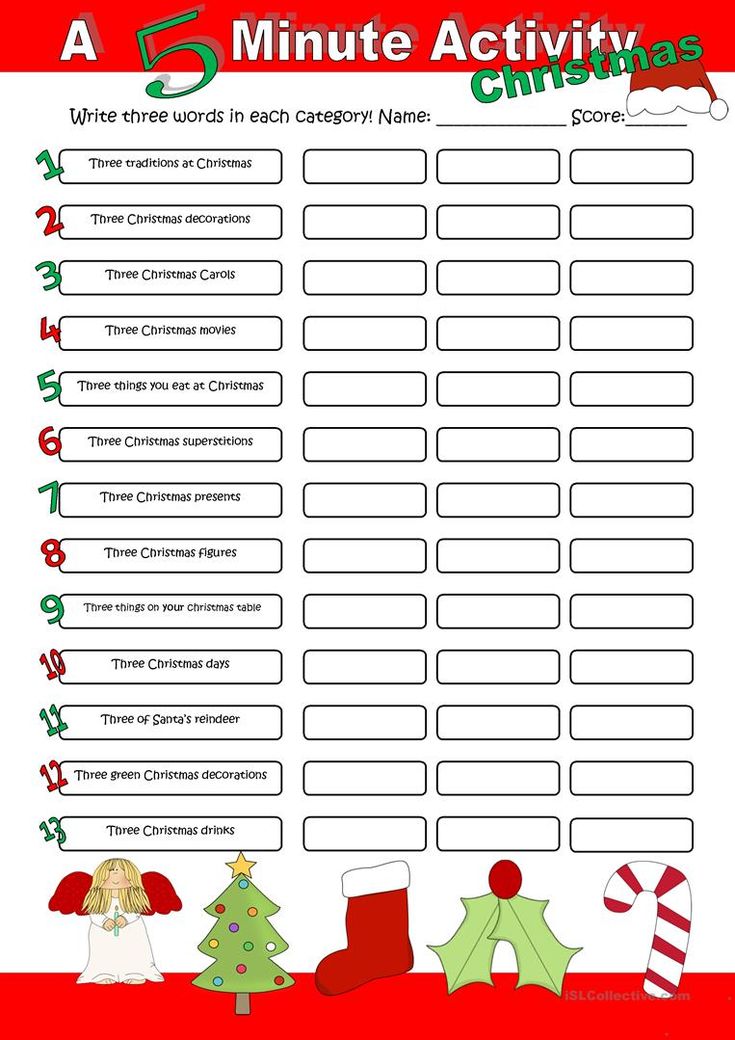 The participant who makes the first move and immediately occupies the center of the field has more opportunities. You can play endlessly until you get bored.
The participant who makes the first move and immediately occupies the center of the field has more opportunities. You can play endlessly until you get bored.
Tic-tac-toe for three is hardly possible, but no one forbids improving the playing field. For advanced players, there is a cross-shaped field, which is drawn on a notebook sheet in a box.
The rules of the game are as follows: you alternately draw vertical and horizontal lines on the side faces of the cells, and as soon as a circled cell is formed as a result of your move, you put a cross or a zero in it. As a small bonus, you get the opportunity to walk again. To win, you need to capture as much space as possible.
Such a game is not just sitting down and drawing lines. This is a manifestation of tactical skills and the ability not to make banal mistakes.
If you are attentive, know how to quickly turn on logical thinking and easily anticipate the thoughts of other people, then the game "Dots" will definitely suit you.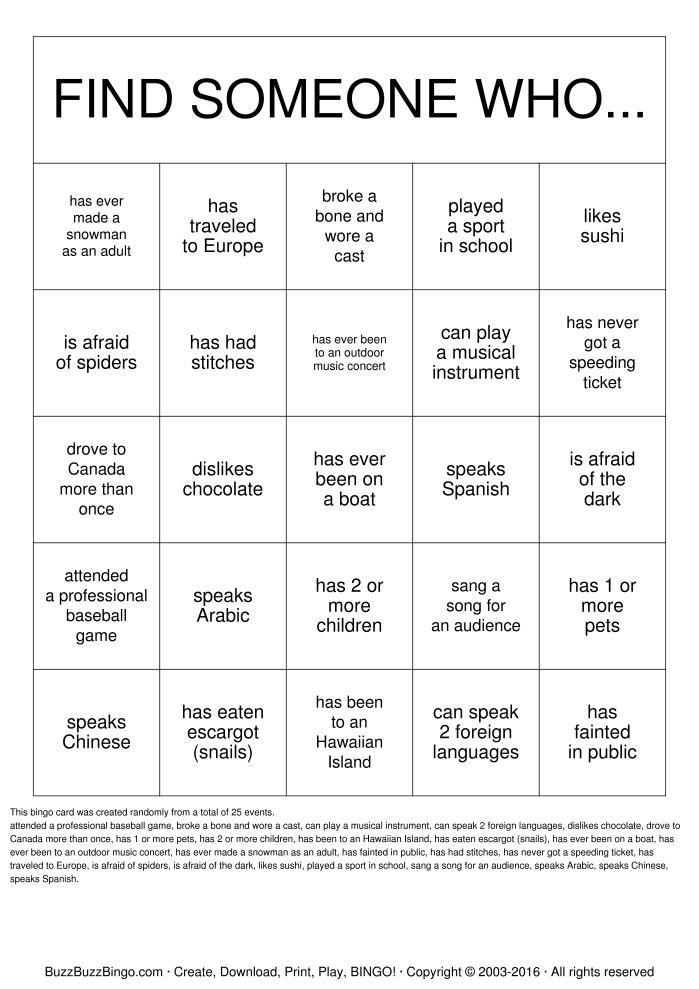 You just need to take a leaf in a box and draw a field of 20x20 or more on paper. Pens or felt-tip pens should be of different colors.
You just need to take a leaf in a box and draw a field of 20x20 or more on paper. Pens or felt-tip pens should be of different colors.
Your task is to capture as many opponent's points located in the corners of the cells as possible. The points are surrounded by lines, the length of which does not exceed one cell. The lines are drawn vertically, horizontally or diagonally. nine0007
To play as efficiently as possible, it is important to follow the basic rules: capture only other people's points; it is impossible to conduct active actions inside the environment; whoever captured the dots walks again. The final is when there is no free space left on the field. Whoever captures the most points wins.
Recommendations from the Igromag team
Do you like simple and quick puzzles? We recommend the game "Yotta" , the rules of which are somewhat reminiscent of classic dominoes. There are 66 cards in the deck with different images that differ in number, shape, color.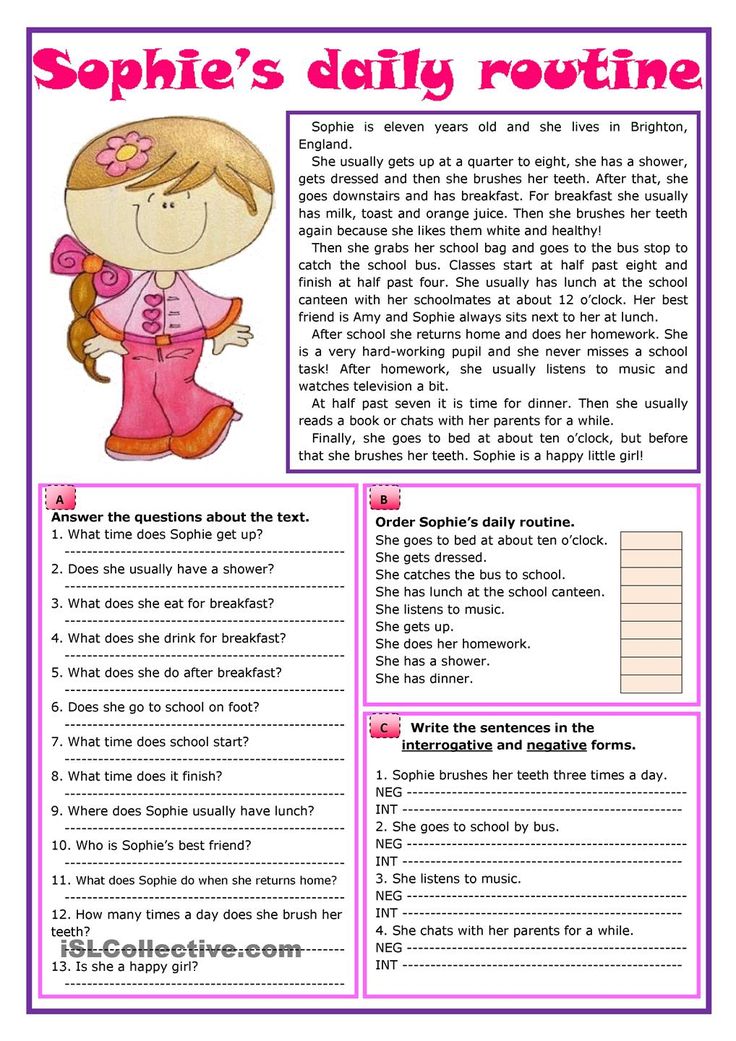 The cards are connected to each other according to the same parameters. The end of the game comes as soon as the stack of cards is not on the table and one of the participants puts the last card on the field. Number of players: two to four. nine0007
The cards are connected to each other according to the same parameters. The end of the game comes as soon as the stack of cards is not on the table and one of the participants puts the last card on the field. Number of players: two to four. nine0007
The card game Throw, Throw Burrito can be played with two, or better with six. It lasts about 15 minutes. The point is to exchange cards and collect the same images. But the real fun begins when the Burrito card is played. The battle is accompanied by excitement and enthusiasm, so you don’t have to look for another option for a party with friends.
Fight, fight, win
As they say, war is the biggest mistake of mankind. But "Naval battle" on paper, this does not apply. Here you need to win, sparing no effort and using the professional skills of the admiral. All military operations take place on a 10x10 square sheet.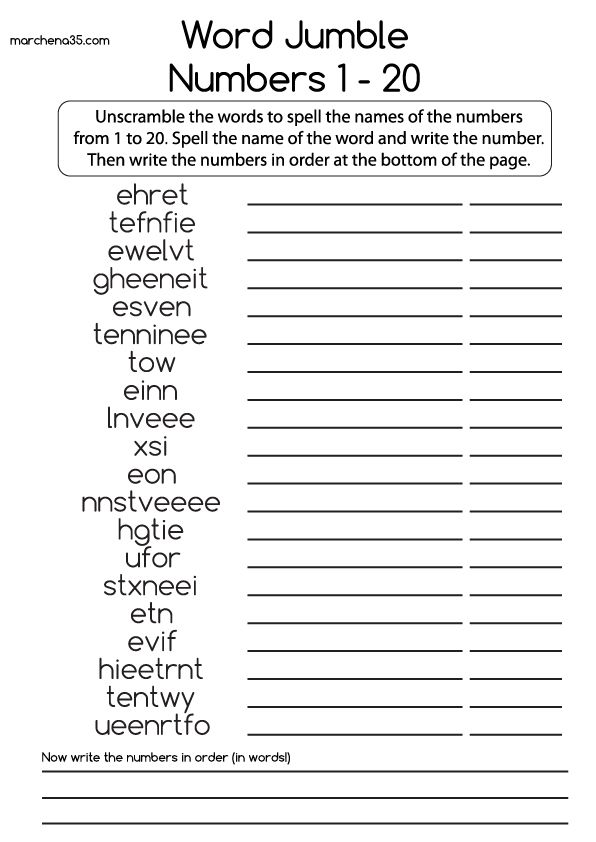 Each side has certain coordinates that help to make aimed shots.
Each side has certain coordinates that help to make aimed shots.
Before you play Sea Battle, you need to arrange the ships in a smart way. By the way, there are four types of them: 1 four-deck, 2 three-deck, 3 two-deck, 4 single-deck. Everyone knows how many ships to deliver, but not many people use really working schemes. nine0007
Players are still arguing about the only correct strategy: how many people - so many opinions. Although there are still some classic secrets. For example, large ships are best placed in one half of the field, and single-deck ships in the other. You can also draw the ships so that they are not hit by diagonal shots. The third way is the location near the coast, that is, the central part of the field remains free. If you have your own scheme, feel free to implement it.
Tired of naval battles? Move on to ground battles - play Tanks on paper. Take a blank A4 sheet for this and fold it in half.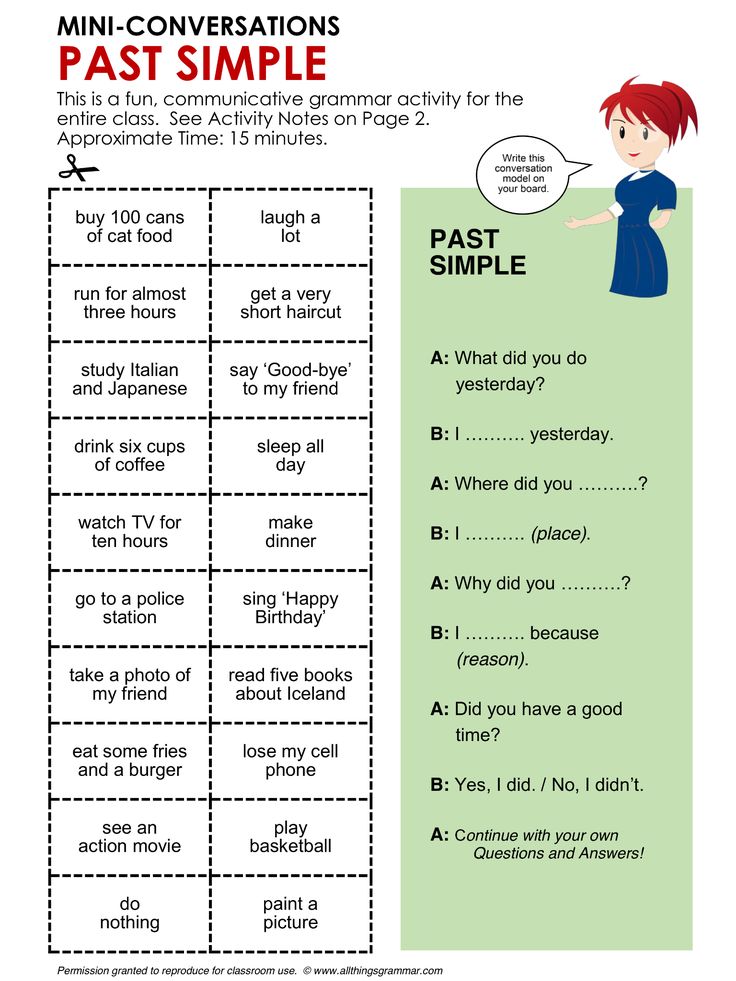 The left half is one playing field, the right part is the second player's field. On each part of the sheet there should be 7-10 tanks, arranged in random order.
The left half is one playing field, the right part is the second player's field. On each part of the sheet there should be 7-10 tanks, arranged in random order.
The game involves hitting the enemy one by one. This is done with a ballpoint pen. The correct way is to make a fat dot on your field, bend the sheet and rub it with a pen or other object so that the dot is imprinted on the field of the opposing side's armed forces. A partial hit is a wound, an exact hit is a 100% elimination of the tank. The one who first shot down the opponent's army always wins. nine0007
Now you know how to play Tanks. It remains to develop a strategy and fight. If you want to develop tactical thinking in yourself, this is the best option.
Recommendations of the Igromaga team
Among the mass of fun party games, pay attention to the board "Lord of Tokyo" - with surprisingly simple rules. Each player is given a cardboard figure and a personal tablet.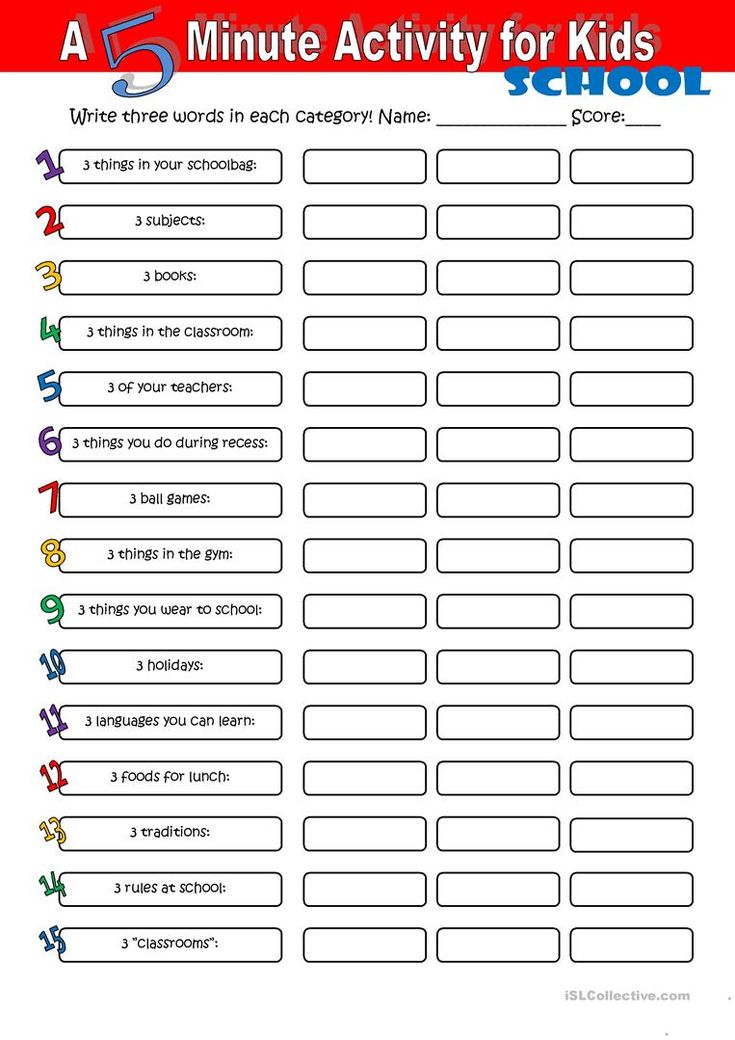 All actions occur as a result of rolling and re-rolling dice. The illustrations are made in the style of comics - bright, colorful, memorable. The table can be from 2 to 6 players, the game lasts 20-40 minutes. nine0007
All actions occur as a result of rolling and re-rolling dice. The illustrations are made in the style of comics - bright, colorful, memorable. The table can be from 2 to 6 players, the game lasts 20-40 minutes. nine0007
And for strategy lovers there is a cool board game "Small World" , where events take place among hills, forests, rivers and plains. Small World has simple rules: you control one of the fantasy races and capture new territories. The one with the most coins wins. From 2 to 5 participants can fight for wealth, races and territories. The average game time is 1-1.5 hours.
Exercise
At one time, the legendary British football player Phil Woosnam said an interesting phrase: “The rules of football are extremely simple: if the ball moves, kick it; if it doesn't move, kick it to move." But what if you love this sport, but there is no ball at hand or the opportunity to drop everything and run onto the field? You can play football on paper.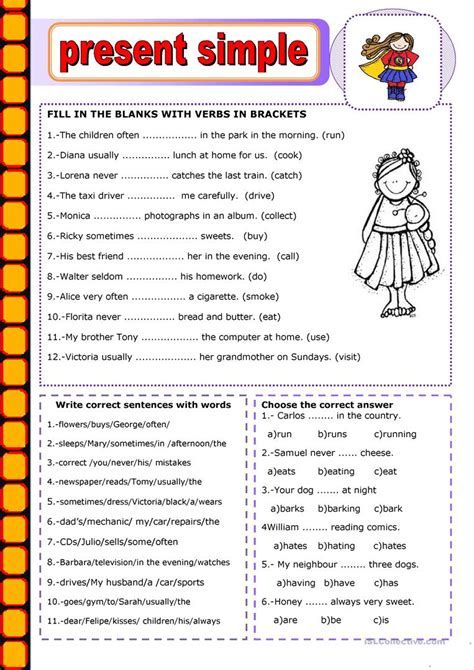
What is it and how to play it, you ask? We answer. You need to take a leaf in a box and draw a football field measuring 16 by 12 cells, placing a goal on 6 cells on each opposite side. The game starts in the center of the field. Each player takes turns "hitting the ball": draws a line on 3 sides of the cell along a straight line or along a curve (horizontally, vertically, diagonally). nine0007
The second player starts his line where the first player's line ends. Lines cannot be crossed. If you have nowhere to go, get ready for a free kick: this is a straight line of 6 cells, for which there are no barriers. The aim of the game is obvious - to score a goal.
Another game that develops both quick thinking and competitive spirit is Snake on paper. Make a square playing field measuring 7 by 7 cells. Draw two adjacent sides in one color, and the other two sides in a different color. To do this, you can use colored ballpoint pens, pencils or felt-tip pens.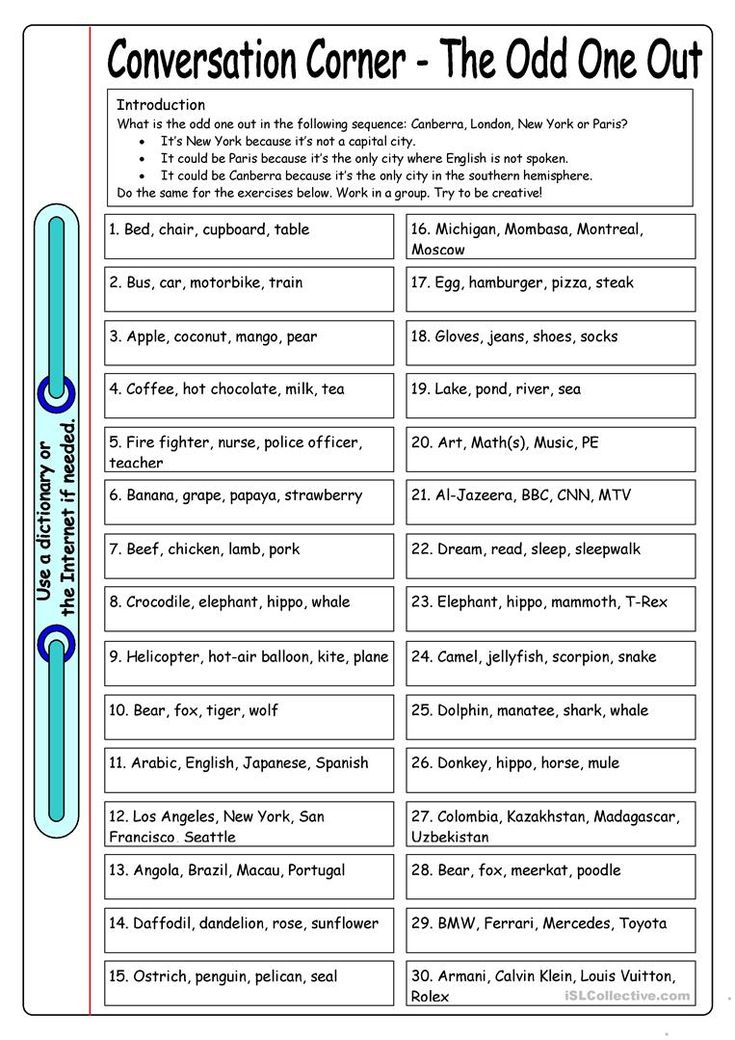 nine0007
nine0007
Game process consists of several stages. First, you need to put one point of your color in random places. Secondly, start drawing one-cell lines in turn. Thirdly, the line should turn out to be solid, broken, but not crossing the opponent's line. You can't move diagonally.
The player who has nowhere else to go loses and ends up in a dead end. It is advisable to think over the snake's route in advance in order to capture more free space and harm the opponent. nine0007
Recommendations from the Igromag team
Have you decided to organize a real sports competition in a large company (up to 10 people)? Just put the game "UNO" on the table and several hours of fun and exciting leisure are guaranteed. Usually, there are no difficulties with the rules of the UNO game. At the start, each player receives 7 cards in his hand and tries to get rid of them as quickly as possible. You need to throw out cards by face value or by color.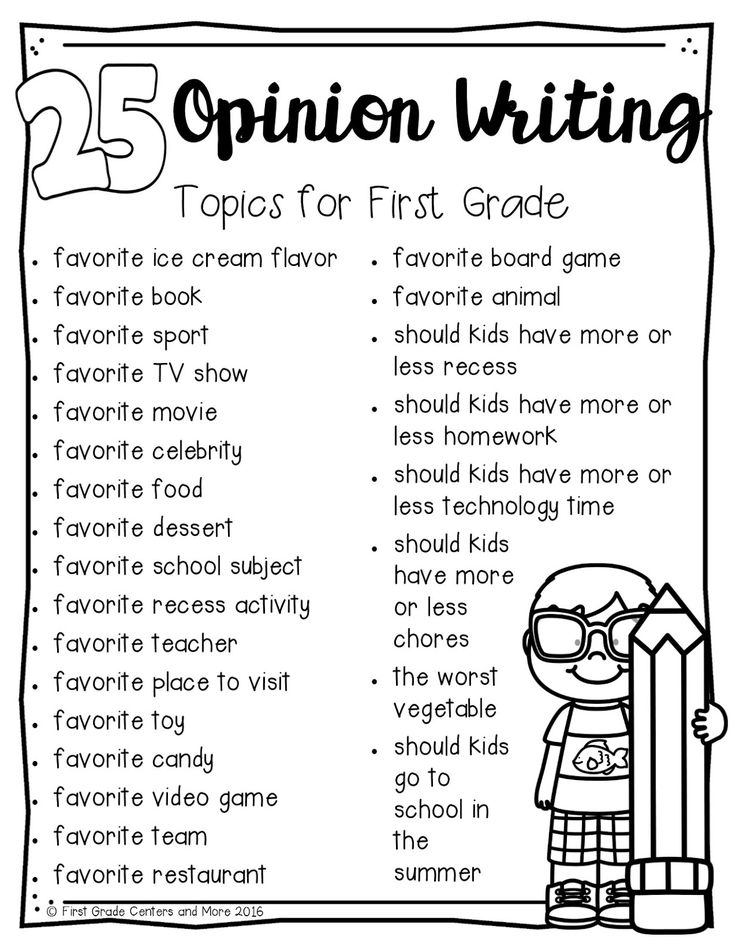 If there are no similarities, the deck will help you. Also in the game you will find surprises. How many cards are in the classic version? 108. What are the varieties of the game? "Kids", "Zoo", "h3O", "Junior", "Deluxe" and others. nine0007
If there are no similarities, the deck will help you. Also in the game you will find surprises. How many cards are in the classic version? 108. What are the varieties of the game? "Kids", "Zoo", "h3O", "Junior", "Deluxe" and others. nine0007
There is another similar card game for the whole family - "Phase 10" . It suits lovers of abstract desktops perfectly. If in UNO you need to quickly discard all the cards, then here your goal is to get rid of unnecessary cards and collect the ones you need. You will have to go through 10 phases, collecting the correct combinations and earning a minimum of penalty points. The rules of the game "Phase 10" say that you can collect cards by numbers, color, face value. There are bonuses in the deck, and you will find out which ones at the gaming table. nine0007
This concludes our story about exciting paper games and no less interesting board games. By the way, very soon we will tell you about what is better for a student to do during an extension period in order to pass the evening more fun, more interesting and without unpleasant surprises. Follow the news on the Igromag blog. 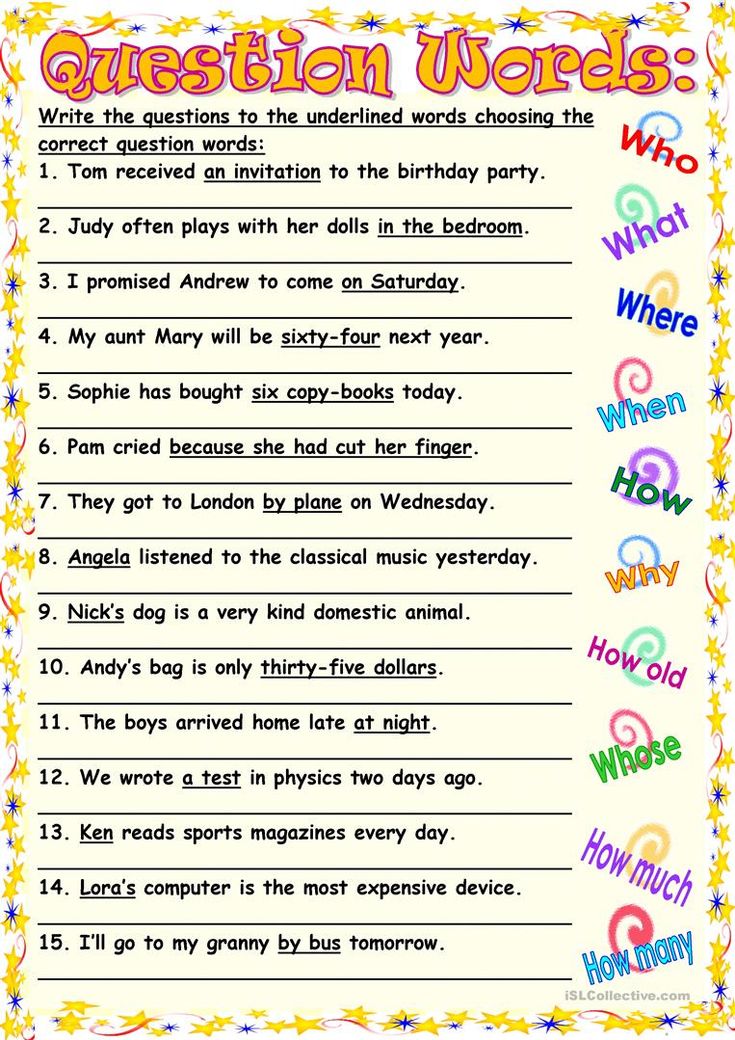 We hope that now entertainment on smartphones will temporarily fade into the background, and students will spend their free time with maximum benefit.
We hope that now entertainment on smartphones will temporarily fade into the background, and students will spend their free time with maximum benefit.
Word games • Arzamas
You have Javascript disabled. Please change your browser settings.
Children's room ArzamasMaterialsMaterials
Arzamas for classes with schoolchildren! A selection of materials for teachers and parents
Everything you can do in an online lesson or just for fun
Cartoons are winners of festivals. Part 2
Tales, parables, experiments and absurdity
Guide to Yasnaya Polyana
Leo Tolstoy's favorite bench, greenhouse, stable and other places of the museum-estate of the writer, which are worth seeing with children boys named Petya
Migrants: how to fight for your rights with the help of music
Hip-hop, carnival, talking drums and other non-obvious ways
Old records: fairy tales of the peoples of the world
We listen and analyze the Japanese, Italian, Scandinavian and Russian fairy tales
Video: The ISS commander asks the scientist about space
9000 animation techniquesVR, sunbeams, jelly and spice cartoons
Play the world's percussion instruments
Learn how the gong, marimba and drum work and build your own orchestra
How to put a performance
shadows, reading and other home performance options for children
Soviet puzzles
Solve the children's puzzles of the 1920-70s
22 cartoons for the smallest
,What if you are not six
From "The Wild Dog Dingo" to "Timur and His Team"
What you need to know about the main Soviet books for children and teenagers
A guide to children's poetry of the 20th century
From Agnia Barto to Mikhail Yasnov: children's poems in Russian
10 books by artists
The pages of tracing paper are Milanese fog, and the binding is the border between reality and fantasy
How to choose a modern children's book
"Like Pippi, only about love": explaining new books through old ones
Verbal games
"Hat", "telegrams", "MPS" and other old and new games
Games from classic books
What the heroes of the works of Nabokov, Lindgren and Milne play
Plasticine animation: Russian school
From "Plasticine Crow" to plasticine "Sausage"
Cartoons - winners of festivals
"Brave Mom", "My Strange Grandfather", "A Very Lonely Rooster" and others
Non-fiction for children
How the heart beats whale, what's inside the rocket and who plays the didgeridoo - 60 books about the world around
Guide to foreign popular music
200 artists, 20 genres and 1000 songs that will help you understand the music of the 1950s-2000s
Cartoons based on poems
Poems by Chukovsky, Kharms, Gippius and Yasnov in Russian animation
Home games
Shadow theater, crafts and paper dolls from children's books and magazines of the 19th-20th centuries
Books for the smallest
0 to 5: read, look at, learn
Puppet animation: Russian school
Amorous Crow, Imp No.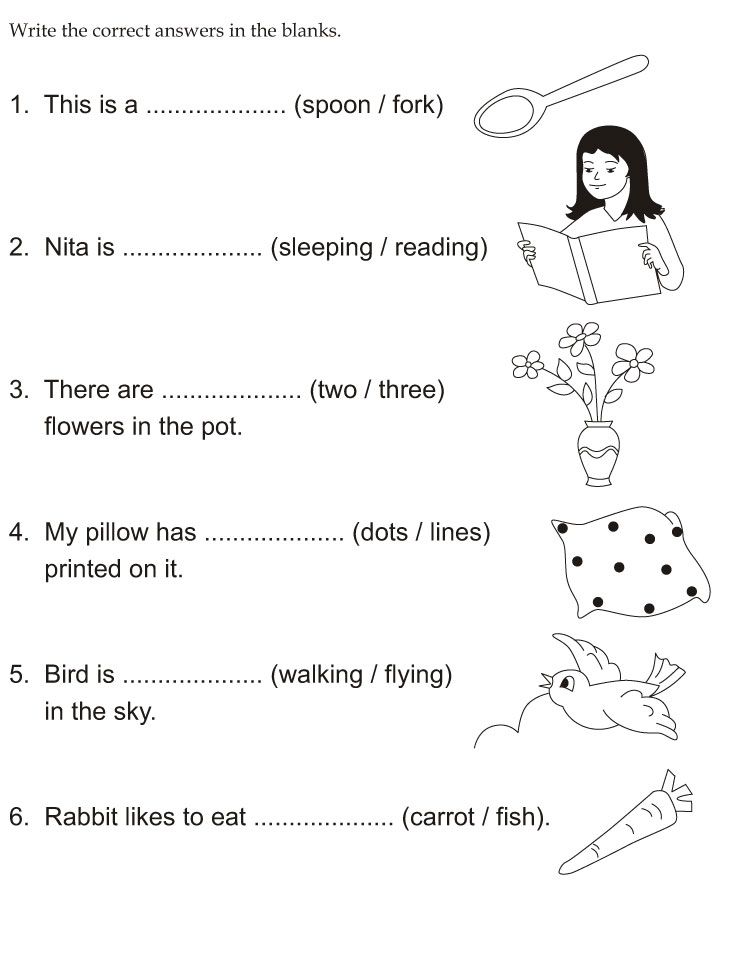 13, Lyolya and Minka and other old and new cartoons
13, Lyolya and Minka and other old and new cartoons
Smart coloring books
Museums and libraries offer to paint their collections
Reprints and reprints of children's books
Favorite fairy tales, novels and magazines of the last century, which you can buy again
What you can hear in classical music by voices
07 cuckoos and night forest sounds in great compositions of the 18th–20th centuries
Soviet educational cartoons
Archimedes, dinosaurs, Antarctica and space — popular science cartoons in the USSR
Logic puzzles
Solve a wise men's dispute, make a bird out of a shirt and count kittens correctly
Modern children's stories
The best short stories about grandmothers, cats, spies and knights
why you can't lie down on the edge. Bonus: 5 lullabies by the Naadya group
Musical fairy tales
How Tchaikovsky, Rimsky-Korsakov and Prokofiev work with the plots of children's fairy tales
Armenian School of Animation
The most rebellious cartoons of the Soviet Union
Dina Goder’s collection of cartoons
The program director of the Big Cartoon Festival advises what to watch with your child
Cartoons about art
How to tell children about art
40 riddles about everything in the world
What burns without fire and who has a sieve in his nose: riddles from "Chizh", "Hedgehog" and books by Marshak and Chukovsky
Yard games
"Traffic light", "Stander", "Ringlet" and other games for a large company
Poems that are interesting to learn by heart
What to choose if you were asked to learn a poem about mother, New Year or autumn
Old audio performances for children
"Ole Lukoye", "The Gray Sheika", "Cinderella" and other interesting Soviet recordings
Cartoons with classical music
How animation works with the music of Tchaikovsky, Verdi and Glass
How children's counting rhymes work
"Ene, bene, slave, kvanter, manter, toad": what does it all mean
"Hat", "telegrams", "MPS" and other games that require almost nothing but companies and desire to have a good time
Author Lev Gankin
Primer “A.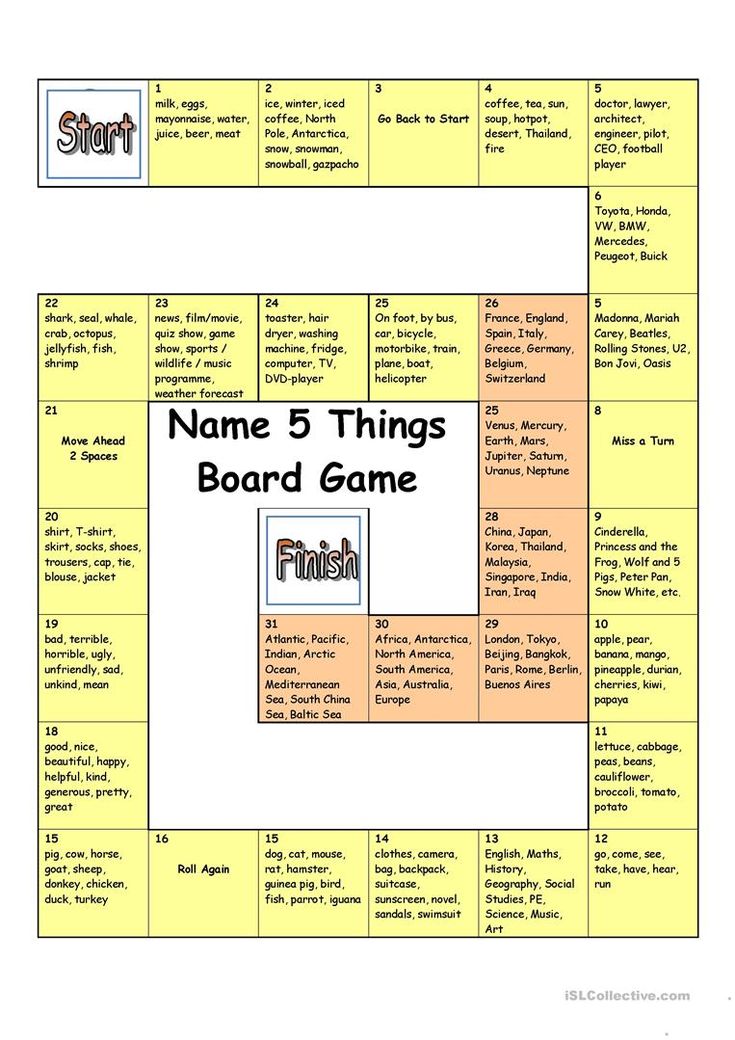 B. C. Trim, alphabet enchanté. Illustrations by Bertal. France, 1861 Wikimedia Commons
B. C. Trim, alphabet enchanté. Illustrations by Bertal. France, 1861 Wikimedia Commons Oral games
Associations
Game for a big company. The host briefly leaves the room, during which time the rest decide which of those present they will guess (this may be the host himself). Upon returning, the player asks the others questions - what flower do you associate this person with, what vehicle, what part of the body, what kitchen utensils, etc. - in order to understand who is hidden. Questions can be very different - this is not limited by anything other than the imagination of the players. Since associations are an individual matter and an exact match may not happen here, it is customary to give the guesser two or three attempts. If the company is small, you can expand the circle of mutual acquaintances who are not present at that moment in the room, although the classic version of "associations" is still a hermetic game. nine0007
Game of P
A game for a company of four people, an interesting variation on the "hat" theme (see below), but does not require any special accessories.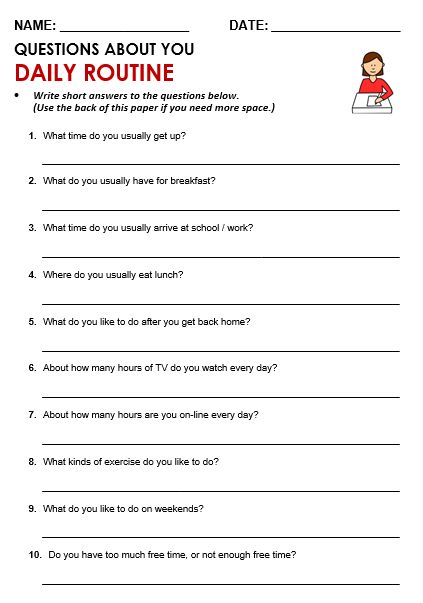 One player guesses a word to another, which he must explain to the others, but he can only use words starting with the letter "p" (any, except for the same root). That is, the word "house" will have to be explained, for example, as follows: "I built - I live." If you couldn’t guess right away, you can throw up additional associations: “building, premises, space, the simplest concept ...” And at the end add, for example, “Perignon” - by association with Dom Perignon champagne. If the guessers are close to winning, then the facilitator will need comments like “about”, “approximately”, “almost right” - or, in the opposite situation: “bad, wait!”. Usually, after the word is guessed, the explainer comes up with a new word and whispers it into the ear of the guesser - he becomes the next leader. nine0007
One player guesses a word to another, which he must explain to the others, but he can only use words starting with the letter "p" (any, except for the same root). That is, the word "house" will have to be explained, for example, as follows: "I built - I live." If you couldn’t guess right away, you can throw up additional associations: “building, premises, space, the simplest concept ...” And at the end add, for example, “Perignon” - by association with Dom Perignon champagne. If the guessers are close to winning, then the facilitator will need comments like “about”, “approximately”, “almost right” - or, in the opposite situation: “bad, wait!”. Usually, after the word is guessed, the explainer comes up with a new word and whispers it into the ear of the guesser - he becomes the next leader. nine0007
Lectures for children on this topic:
Course of lectures for children about the languages of the world
How many languages in the world, how do they differ and how are they similar to each other
Course of lectures for children about strange and new words of the Russian language
Why linguists study jargon, parasitic words and speech errors
Primer "A.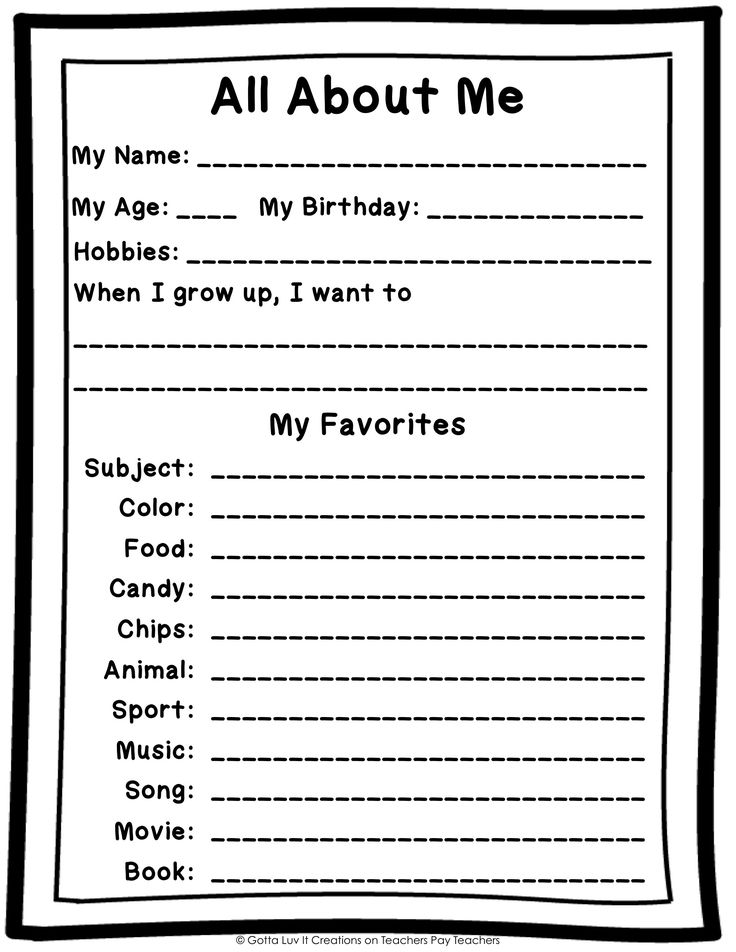 B. C. Trim, alphabet enchanté. Illustrations by Bertal. France, 1861 Wikimedia Commons
B. C. Trim, alphabet enchanté. Illustrations by Bertal. France, 1861 Wikimedia Commons Say the Same Thing
An upbeat, fast-paced game for two, named after the inventive rock band OK Go's video, from which many learned about it (the musicians even developed a mobile application that helps to play it from a distance, although it is currently unavailable). The meaning of the game is that on the count of one-two-three each of the players pronounces a randomly chosen word. Further, the goal of the players is, with the help of successive associations, to come to a common denominator: for the next time, two or three, both pronounce a word that is somehow connected with the previous two, and so on until the desired coincidence occurs. Suppose the first player said the word "house" and the second player said the word "sausage"; in theory, they can coincide very soon, if on the second move after one-two-three both say "store". But if one says “shop”, and the other says “refrigerator” (why not a sausage house?), then the game can drag on, especially since it’s impossible to repeat - neither the store nor the refrigerator will fit, and you will have to think, say, before "refrigerator" or "IKEI".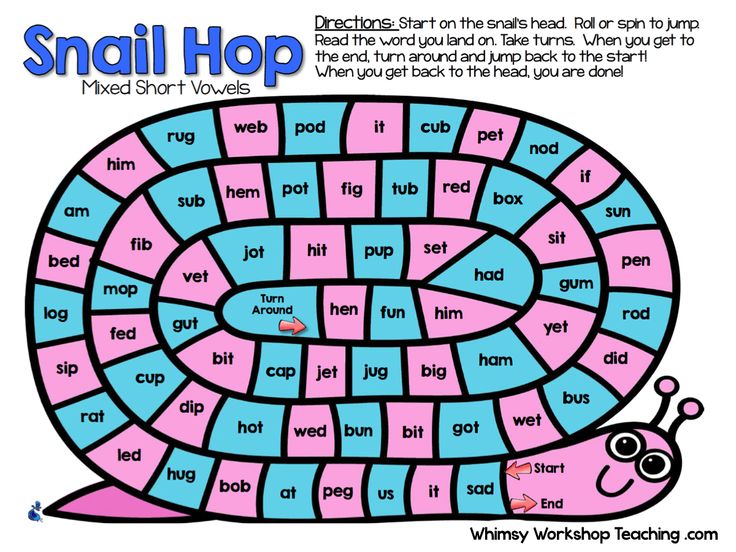 If the original words are far from each other (for example, "curb" and "weightlessness"), then the gameplay becomes completely unpredictable. nine0007
If the original words are far from each other (for example, "curb" and "weightlessness"), then the gameplay becomes completely unpredictable. nine0007
Characters
A game for the company (the ideal number of players is from four to ten), which requires from the participants not only good imagination, but also, preferably, a little bit of acting skills. As usual, one of the players briefly leaves the room, and while he is gone, the rest come up with a word, the number of letters in which matches the number of participants remaining in the room. Next, the letters are distributed among the players, and a character is invented for each of them (therefore, words that contain "b", "s" or "b" do not fit). Until the word is guessed, the players behave in accordance with the chosen character - the leader's task is to understand exactly what characters his partners portray and restore the hidden word. Imagine, for example, that a company consists of seven people. One leaves, the rest come up with a six-letter word "old man" and distribute roles among themselves: the first, say, will be with indoor, the second - t erpel, the third - a secondary, the fourth - p asylum, the fifth - and mane and sixth - to ovary.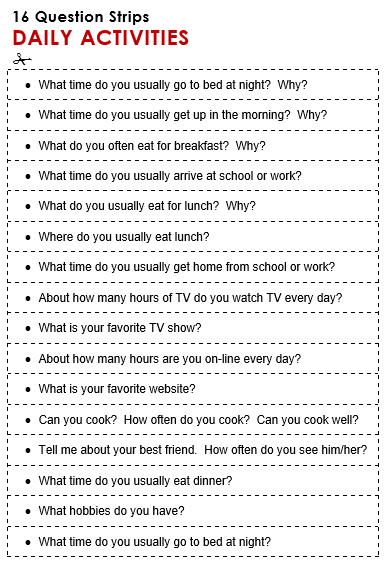 The returning player is greeted by a cacophony of voices - the company "lives" their roles until they are unraveled, and the host asks the players questions that help reveal their image. The only condition is that as soon as the presenter pronounces the correct character - for example, guesses the insidious one - he must admit that his incognito has been revealed and announce the number of his letter (in the word "old man" - the sixth). nine0007 Primer "A. B. C. Trim, alphabet enchanté. Illustrations by Bertal. France, 1861 Wikimedia Commons
The returning player is greeted by a cacophony of voices - the company "lives" their roles until they are unraveled, and the host asks the players questions that help reveal their image. The only condition is that as soon as the presenter pronounces the correct character - for example, guesses the insidious one - he must admit that his incognito has been revealed and announce the number of his letter (in the word "old man" - the sixth). nine0007 Primer "A. B. C. Trim, alphabet enchanté. Illustrations by Bertal. France, 1861 Wikimedia Commons
Recognize the song
A game for a company of four to five people. The host leaves, and the remaining players choose a well-known song and distribute its words among themselves - each word. For example, the song “Let there always be sun” is guessed: one player gets the word “let”, the second - “always”, the third - “will be”, the fourth - “sun”. The host returns and begins to ask questions - the most varied and unexpected: "What is your favorite city?", "Where does the Volga flow?", "What to do and who is to blame?".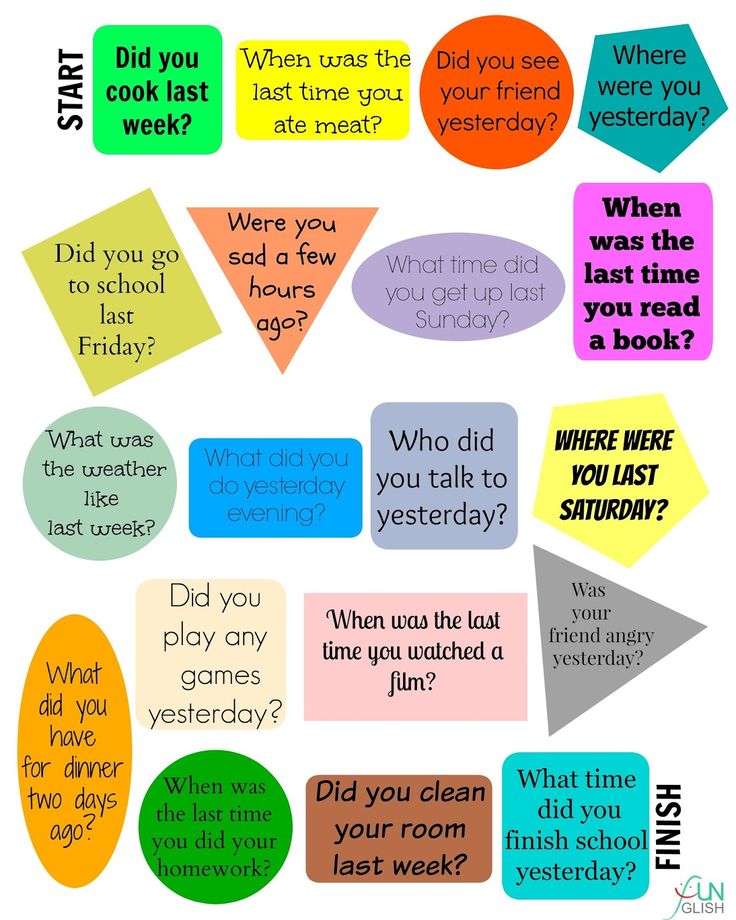 The task of the respondents is to use their own word in the answer and try to do it in such a way that it does not stand out too much; you need to answer quickly and not very extensively, but not necessarily truthfully. Answers to questions in this case can be, for example, “It’s hard for me to choose one city, but let today be Rio de Janeiro" or "Volga - into the Caspian, but this does not happen always , every third year it flows into the Black". The presenter must catch which word is superfluous in the answer and guess the song. They often play with lines from poetry rather than from songs.
The task of the respondents is to use their own word in the answer and try to do it in such a way that it does not stand out too much; you need to answer quickly and not very extensively, but not necessarily truthfully. Answers to questions in this case can be, for example, “It’s hard for me to choose one city, but let today be Rio de Janeiro" or "Volga - into the Caspian, but this does not happen always , every third year it flows into the Black". The presenter must catch which word is superfluous in the answer and guess the song. They often play with lines from poetry rather than from songs.
Tip
A game for four people divided into pairs (in principle, there can be three or four pairs). The mechanics is extremely simple: the first player from the first pair whispers a word (a common noun in the singular) into the ear of the first player from the second pair, then they must take turns calling their associations with this word (in the same form - common nouns; cognate words cannot be used ).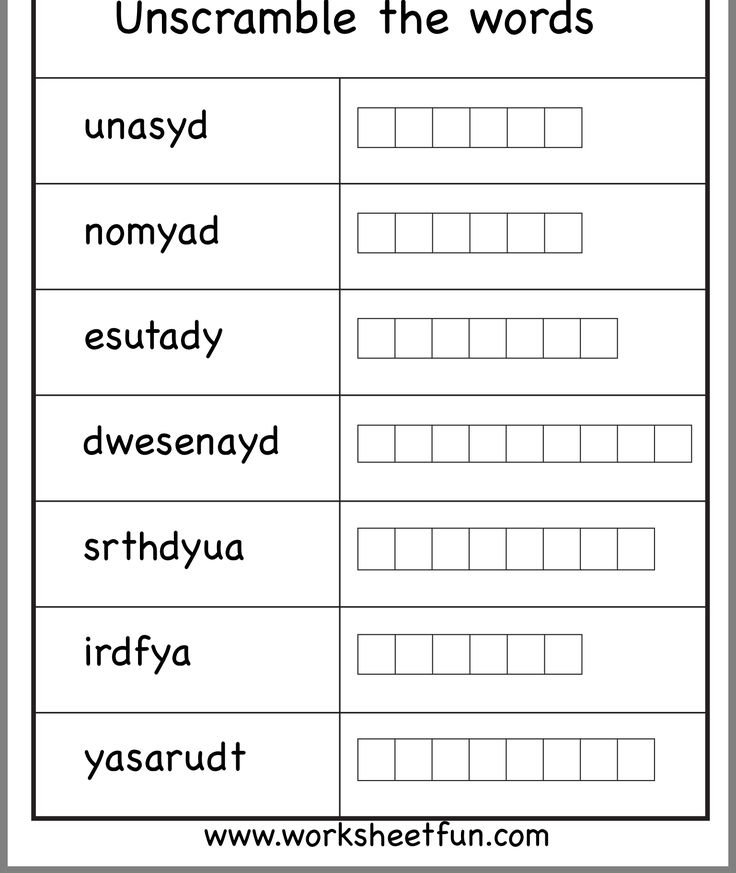 After each association, the teammate of the player who voiced it calls out his word, trying to guess if it was originally guessed - and so on, until the problem is solved by someone; at the same time, all associations already sounded in the game can be used in the future, adding one new one at each move. For example, suppose there are players A and B on one team, and C and D on the other. Player A whispers the word "old man" into player C's ear. Player C says aloud to his partner D: "age". If D immediately answers "old man", then the pair of C and D scores a point, but if he says, for example, "youth", then the move goes to player A, who, using the word "age" suggested by C (but discarding the irrelevant to the case "youth" from D), says to his partner B: "age, man." Now B will probably guess the old man - and his team with A will already earn a point. But if he says "teenager" (thinking that it is about the age when boys turn into men), then C, to whom the move suddenly returned, will say " age, man, eightieth birthday”, and here, probably, “old man” will be guessed.
After each association, the teammate of the player who voiced it calls out his word, trying to guess if it was originally guessed - and so on, until the problem is solved by someone; at the same time, all associations already sounded in the game can be used in the future, adding one new one at each move. For example, suppose there are players A and B on one team, and C and D on the other. Player A whispers the word "old man" into player C's ear. Player C says aloud to his partner D: "age". If D immediately answers "old man", then the pair of C and D scores a point, but if he says, for example, "youth", then the move goes to player A, who, using the word "age" suggested by C (but discarding the irrelevant to the case "youth" from D), says to his partner B: "age, man." Now B will probably guess the old man - and his team with A will already earn a point. But if he says "teenager" (thinking that it is about the age when boys turn into men), then C, to whom the move suddenly returned, will say " age, man, eightieth birthday”, and here, probably, “old man” will be guessed.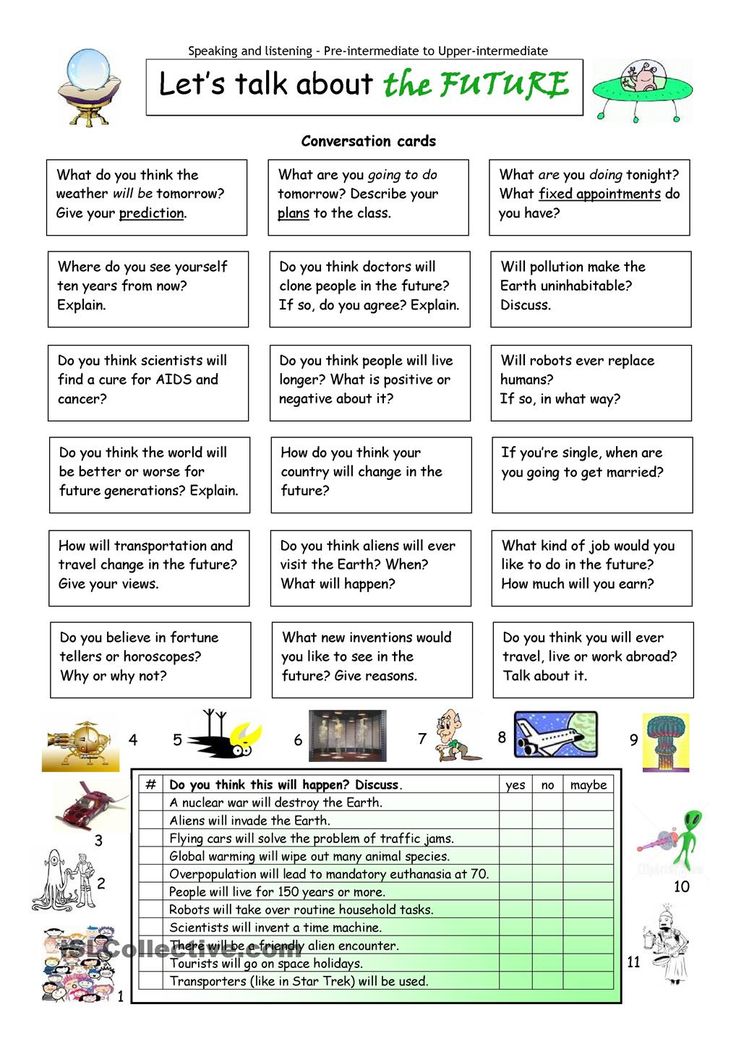 In one of the variants of the game, it is also allowed to "shout": this means that, having suddenly guessed what was meant, the player can shout out the option not on his turn. If he guessed right, his team will get a point, but if he rushed to conclusions, the team will lose a point. They usually play up to five points. nine0007 Primer "A. B. C. Trim, alphabet enchanté. Illustrations by Bertal. France, 1861 Wikimedia Commons
In one of the variants of the game, it is also allowed to "shout": this means that, having suddenly guessed what was meant, the player can shout out the option not on his turn. If he guessed right, his team will get a point, but if he rushed to conclusions, the team will lose a point. They usually play up to five points. nine0007 Primer "A. B. C. Trim, alphabet enchanté. Illustrations by Bertal. France, 1861 Wikimedia Commons
IPU
Game for a big company. Here we are forced to warn readers that, having seen this text in full, you will never be able to drive again - the game is one-time.
Spoiler →
First, the player who gets to drive leaves the room. When he returns, he must find out what MPS means - all that is known in advance is that the bearer of this mysterious abbreviation is present in the room right now. To find out the correct answer, the driver can ask other players questions, the answers to which should be formulated as “yes” or “no”: “Does he have blond hair?”, “Does he have blue eyes?”, “Is this a man?”, “He in jeans?", "Does he have a beard?"; moreover, each question is asked to a specific player, and not to all at once.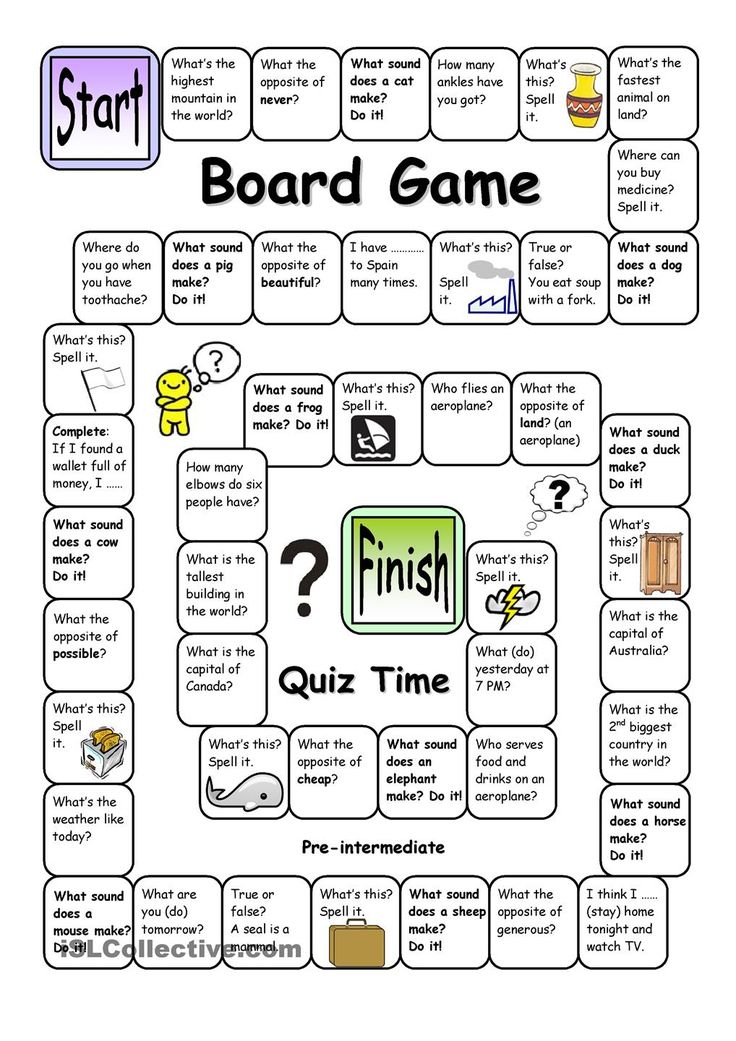 Most likely, it will quickly become clear that there is simply no person in the room who meets all the criteria; Accordingly, the question arises, according to what principle the players give answers. "Opening" this principle will help answer the main question - what is MPS. The Ministry of Railways is not the Ministry of Communications at all, but m oy p equal s seated (that is, each player always describes the person sitting to his right). Another option is COP, to then to answered to last (that is, everyone talks about who answered the previous question).
Most likely, it will quickly become clear that there is simply no person in the room who meets all the criteria; Accordingly, the question arises, according to what principle the players give answers. "Opening" this principle will help answer the main question - what is MPS. The Ministry of Railways is not the Ministry of Communications at all, but m oy p equal s seated (that is, each player always describes the person sitting to his right). Another option is COP, to then to answered to last (that is, everyone talks about who answered the previous question).
Contact
A simple game that can be played with a group of three or more people. One thinks of a word (noun, common noun, singular) and calls its first letter aloud, the task of the others is to guess the word, remembering other words with this letter, asking questions about them and checking if the presenter guessed. The facilitator's task is not to reveal the next letters in the word to the players for as long as possible. For example, a word with the letter "d" is guessed. One of the players asks the question: “Is this by chance not the place where we live?” This is where the fun begins: the host must figure out as quickly as possible what the player means and say “No, this is not“ house ”” (well, or, if it was a“ house ”, honestly admit it). But in parallel, other players also think the same thing, and if they understand what “house” means before the leader, then they say: “contact” or “there is contact”, and start counting up to ten in chorus (while the count is going on, the presenter still has a chance to escape and guess what it is about!), and then they call the word. If at least two matched, that is, at the expense of ten they said “house” in chorus, the presenter must reveal the next letter, and the new guesser version will already begin with the now known letters “d” + the next one. If it was not possible to beat the host on this question, then the guessers offer a new option.
The facilitator's task is not to reveal the next letters in the word to the players for as long as possible. For example, a word with the letter "d" is guessed. One of the players asks the question: “Is this by chance not the place where we live?” This is where the fun begins: the host must figure out as quickly as possible what the player means and say “No, this is not“ house ”” (well, or, if it was a“ house ”, honestly admit it). But in parallel, other players also think the same thing, and if they understand what “house” means before the leader, then they say: “contact” or “there is contact”, and start counting up to ten in chorus (while the count is going on, the presenter still has a chance to escape and guess what it is about!), and then they call the word. If at least two matched, that is, at the expense of ten they said “house” in chorus, the presenter must reveal the next letter, and the new guesser version will already begin with the now known letters “d” + the next one. If it was not possible to beat the host on this question, then the guessers offer a new option.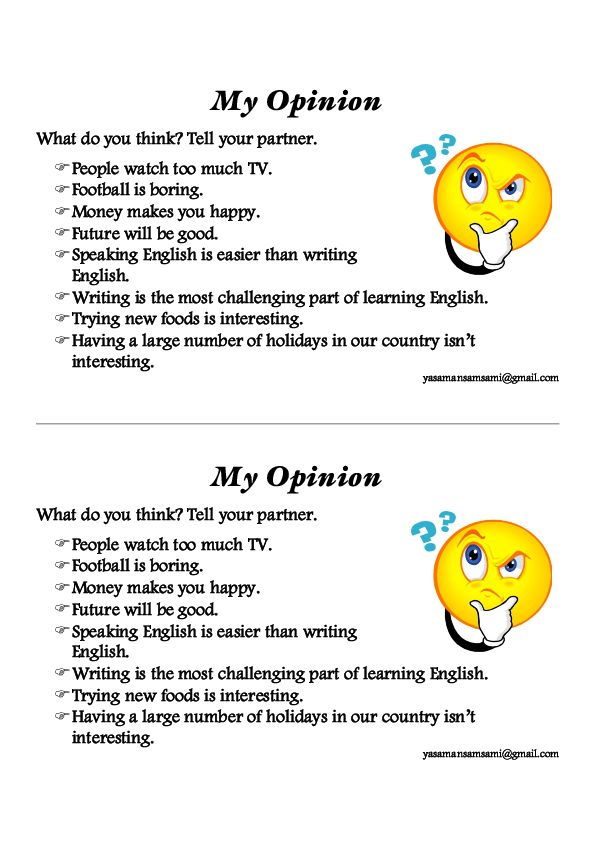 Of course, it makes sense to complicate the definitions, and not ask everything directly - so the question about "home" would sound better like "Is this not where the sun rises?" (with a reference to the famous song "House of the Rising Sun" by The Animals). Usually, the one who eventually gets to the searched word (names it or asks a question leading to victory) becomes the next leader. nine0007 Primer "A. B. C. Trim, alphabet enchanté. Illustrations by Bertal. France, 1861 Wikimedia Commons
Of course, it makes sense to complicate the definitions, and not ask everything directly - so the question about "home" would sound better like "Is this not where the sun rises?" (with a reference to the famous song "House of the Rising Sun" by The Animals). Usually, the one who eventually gets to the searched word (names it or asks a question leading to victory) becomes the next leader. nine0007 Primer "A. B. C. Trim, alphabet enchanté. Illustrations by Bertal. France, 1861 Wikimedia Commons
Writing Games
Encyclopedia
Not the fastest, but extremely exciting game for a company of four people - you will need pens, paper and some kind of encyclopedic dictionary (preferably not limited thematically - that is, TSB is better than a conditional "biological encyclopedia"). The host finds a word in the encyclopedia that is unknown to anyone present (here it remains to rely on their honesty - but cheating in this game is uninteresting and unproductive).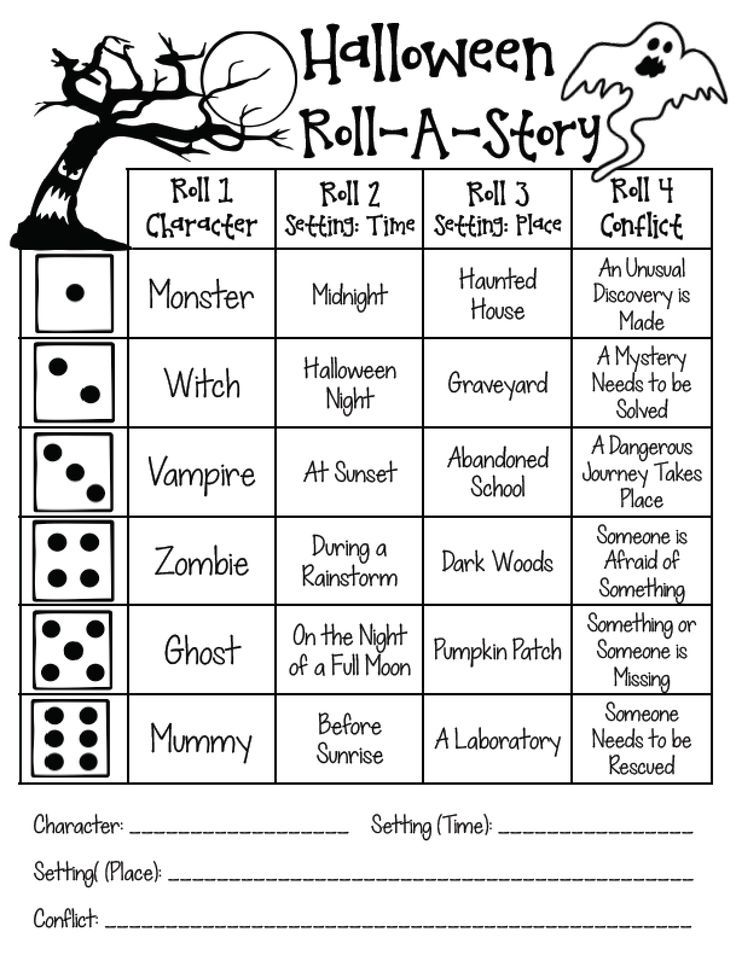 The task of each of the players is to write an encyclopedic definition of this word, inventing its meaning from the head and, if possible, disguising the text as a real small encyclopedic article. The presenter, meanwhile, carefully rewrites the real definition from the encyclopedia. After that, the “articles” are shuffled and read out by the presenter in random order, including the real one, and the players vote for which option seems most convincing to them. In the end, the votes are counted and points are distributed. Any player receives a point for correctly guessing the real definition and one more point for each vote given by other participants to his own version. After that, the sheets are distributed back and a new word is played out - there should be about 6-10 of them in total. You can also play this game in teams: come up with imaginary definitions collectively. The game "poems" is arranged in a similar way - but instead of a compound word, the host selects two lines from some little-known poem in advance and invites the participants to add quatrains.
The task of each of the players is to write an encyclopedic definition of this word, inventing its meaning from the head and, if possible, disguising the text as a real small encyclopedic article. The presenter, meanwhile, carefully rewrites the real definition from the encyclopedia. After that, the “articles” are shuffled and read out by the presenter in random order, including the real one, and the players vote for which option seems most convincing to them. In the end, the votes are counted and points are distributed. Any player receives a point for correctly guessing the real definition and one more point for each vote given by other participants to his own version. After that, the sheets are distributed back and a new word is played out - there should be about 6-10 of them in total. You can also play this game in teams: come up with imaginary definitions collectively. The game "poems" is arranged in a similar way - but instead of a compound word, the host selects two lines from some little-known poem in advance and invites the participants to add quatrains. nine0007
nine0007
Game from Inglourious Basterds
A game for a company of any size that many knew before the Quentin Tarantino film, but it does not have a single name. Each player invents a role for his neighbor (usually it is some famous person), writes it on a piece of paper and sticks the piece of paper on his neighbor's forehead: accordingly, everyone sees what role someone has, but does not know who they are. The task of the participants is, with the help of leading questions, the answers to which are formulated as “yes” or “no” (“Am I a historical figure?”, “Am I a cultural figure?”, “Am I a famous athlete?”), to find out who exactly they are. In this form, however, the game exhausts itself rather quickly, so you can come up with completely different themes and instead of famous people play, for example, in professions (including exotic ones - "carousel", "taxidermist"), in film and literary heroes (you can mix them with real celebrities, but it’s better to agree on this in advance), food (one player will be risotto, and the other, say, green cabbage soup) and even just items.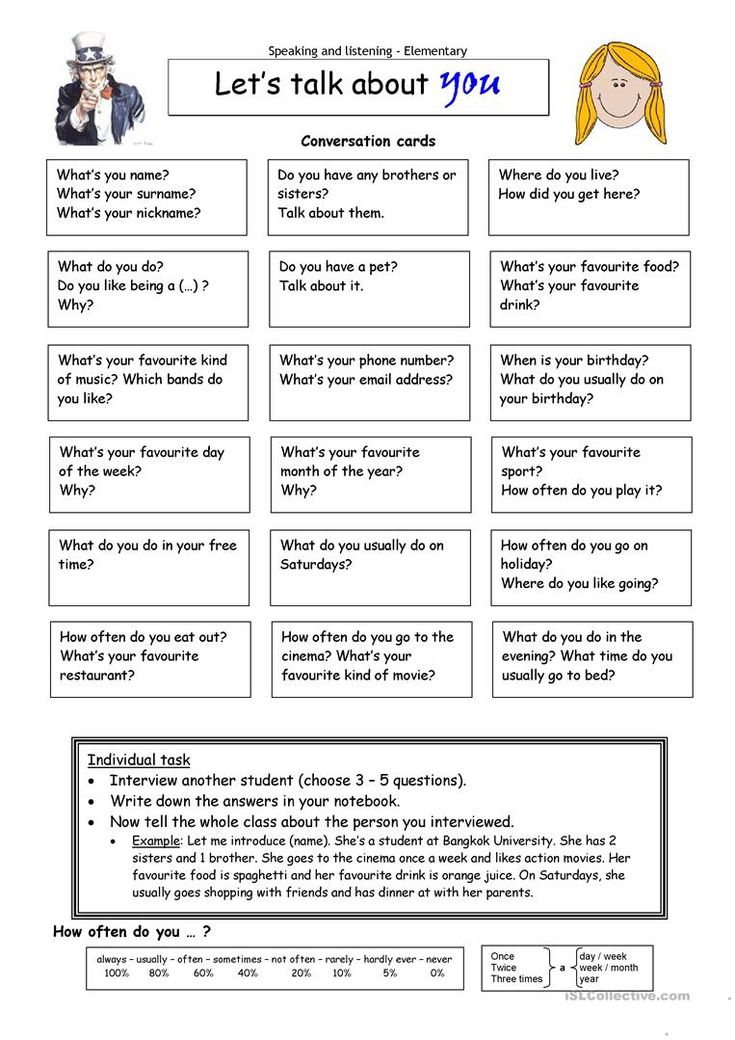 nine0007 Primer "A. B. C. Trim, alphabet enchanté. Illustrations by Bertal. France, 1861 Wikimedia Commons
nine0007 Primer "A. B. C. Trim, alphabet enchanté. Illustrations by Bertal. France, 1861 Wikimedia Commons
Bulls and cows
A game for two: one participant guesses a word, and it is agreed in advance how many letters should be in it (usually 4-5). The task of the second is to guess this word by naming other four- or five-letter words; if some letters of the named word are in the hidden one, they are called cows, and if they have the same place inside the word, then these are bulls. Let's imagine that the word "eccentric" is conceived. If the guesser says “dot”, then he receives an answer from the second player: “three cows” (that is, the letters “h”, “k” and “a”, which are in both “eccentric” and “dot”, but in different places). If he then says "head of head", he will no longer get three cows, but two cows and one bull - since the letter "a" in both "eccentric" and "head" is in the fourth position. As a result, sooner or later, it is possible to guess the word, and the players can change places: now the first one will guess the word and count the bulls and cows, and the second one will name his options and track the extent to which they coincide with the one guessed.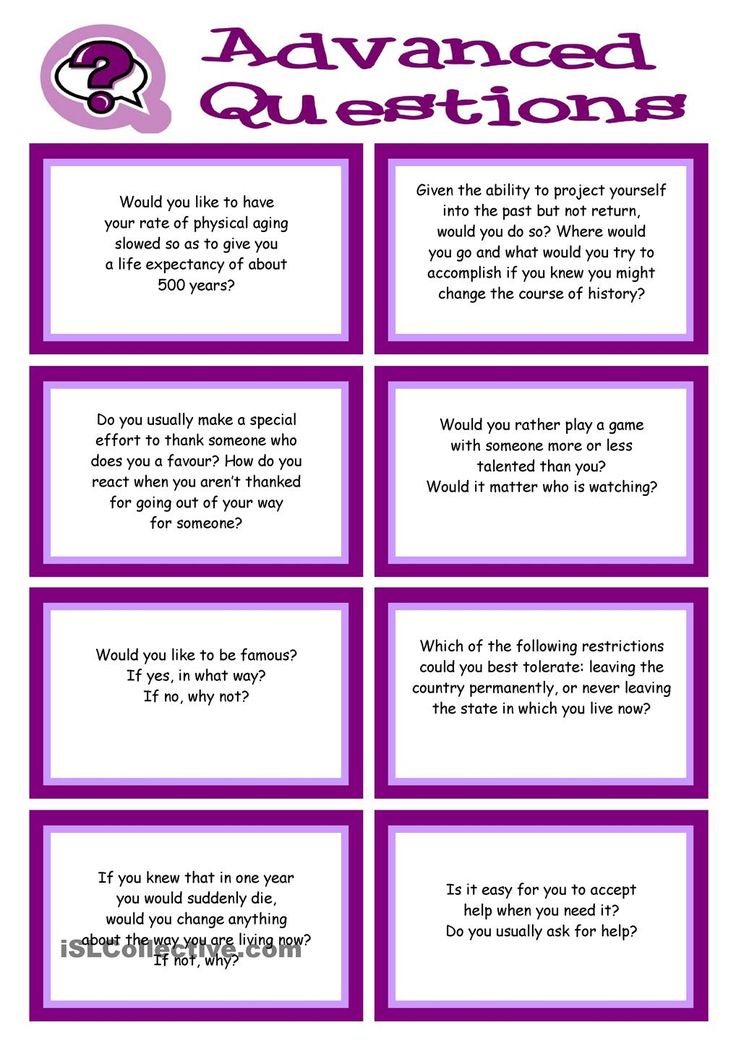 You can also complicate the process by simultaneously guessing your own word and guessing the opponent's word. nine0007
You can also complicate the process by simultaneously guessing your own word and guessing the opponent's word. nine0007
Intellect
Writing game for the company (but you can also play together), consisting of three rounds, each for five minutes. In the first, players randomly type thirteen letters (for example, blindly poking a book page with their finger) and then form words from them, and only long ones - from five letters. In the second round, you need to choose a syllable and remember as many words as possible that begin with it, you can use single-root ones (for example, if the syllable "house" is selected, then the words "house", "domra", "domain", "domain", "brownie", "housewife", etc.). Finally, in the third round, the syllable is taken again, but now you need to remember not ordinary words, but the names of famous people of the past and present in which it appears, and not necessarily at the beginning - that is, both Karamzin and McCartney will fit the syllable "kar" , and, for example, Hamilcar.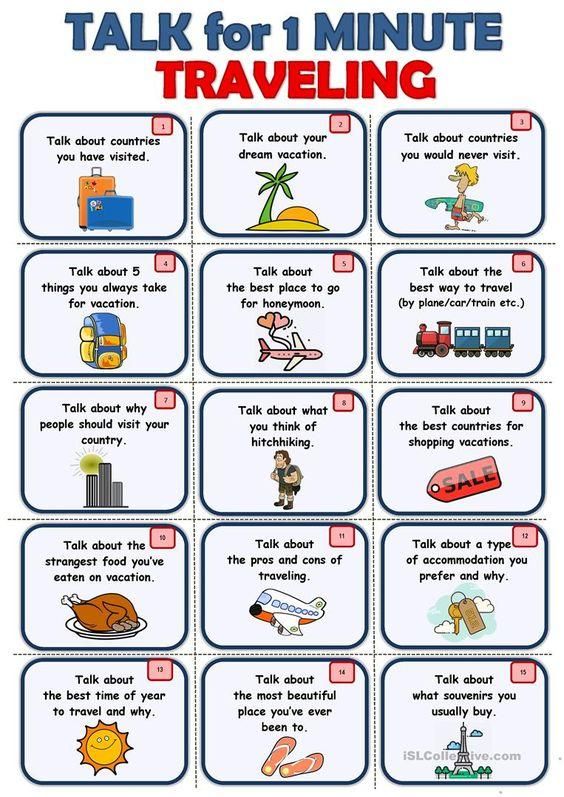 An important detail: since this round provokes the most disputes and scams, game participants can ask each other to prove that this person is really a celebrity, and here you need to remember at least the profession and country. Typical dialogue: "What, you don't know Hamilcar? But this is a Carthaginian commander!” After each round, points are counted: if a particular word is the same for all players, it is simply crossed out, in other cases, players are awarded as many points for it as the opponents could not remember it. In the first round, you can still add points for especially long words. Based on the results of the rounds, it is necessary to determine who took the first, second, third and other places, and add up these places at the end of the game. The goal is to get the smallest number at the output (for example, if you were the winners of all three rounds, then you will get the number 3 - 1 + 1 + 1, and you are the champion; less cannot be purely mathematical). nine0007 Primer "A.
An important detail: since this round provokes the most disputes and scams, game participants can ask each other to prove that this person is really a celebrity, and here you need to remember at least the profession and country. Typical dialogue: "What, you don't know Hamilcar? But this is a Carthaginian commander!” After each round, points are counted: if a particular word is the same for all players, it is simply crossed out, in other cases, players are awarded as many points for it as the opponents could not remember it. In the first round, you can still add points for especially long words. Based on the results of the rounds, it is necessary to determine who took the first, second, third and other places, and add up these places at the end of the game. The goal is to get the smallest number at the output (for example, if you were the winners of all three rounds, then you will get the number 3 - 1 + 1 + 1, and you are the champion; less cannot be purely mathematical). nine0007 Primer "A.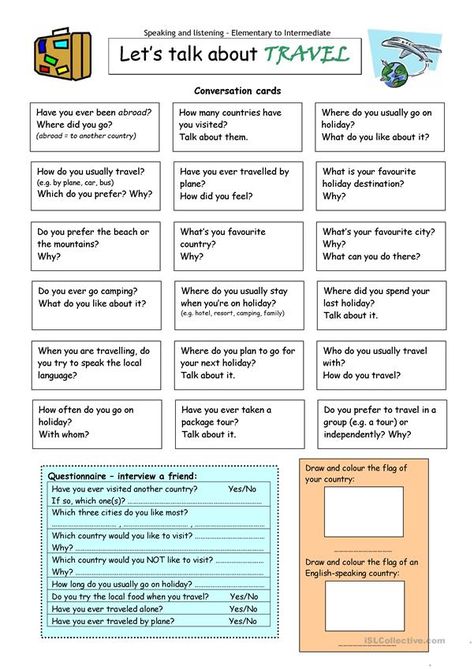 B. C. Trim, alphabet enchanté. Illustrations by Bertal. France, 1861 Wikimedia Commons
B. C. Trim, alphabet enchanté. Illustrations by Bertal. France, 1861 Wikimedia Commons
Frame
A game for any number of people, which was invented by one of the creators of the Kaissa chess program and the author of the anagram search program Alexander Bitman. First, the players choose several consonants - this will be the frame, the skeleton of the word. Then the time is recorded (two or three minutes), and the players begin to “stretch” vowels (as well as “й”, “ь”, “ъ”) onto the frame to make existing words. Consonants can be used in any order, but only once, and vowels can be added in any number. For example, players choose the letters "t", "m", "n" - then the words "fog", "cloak", "mantle", "coin", "darkness", "ataman", "dumbness" and other. The winner is the one who can come up with more words (as usual, these should be common nouns in the singular). The game can be played even with one letter, for example, "l". The words “silt”, “lay”, “yula”, “aloe”, “spruce” are formed around it, and if we agree that the letter can be doubled, “alley” and “lily”.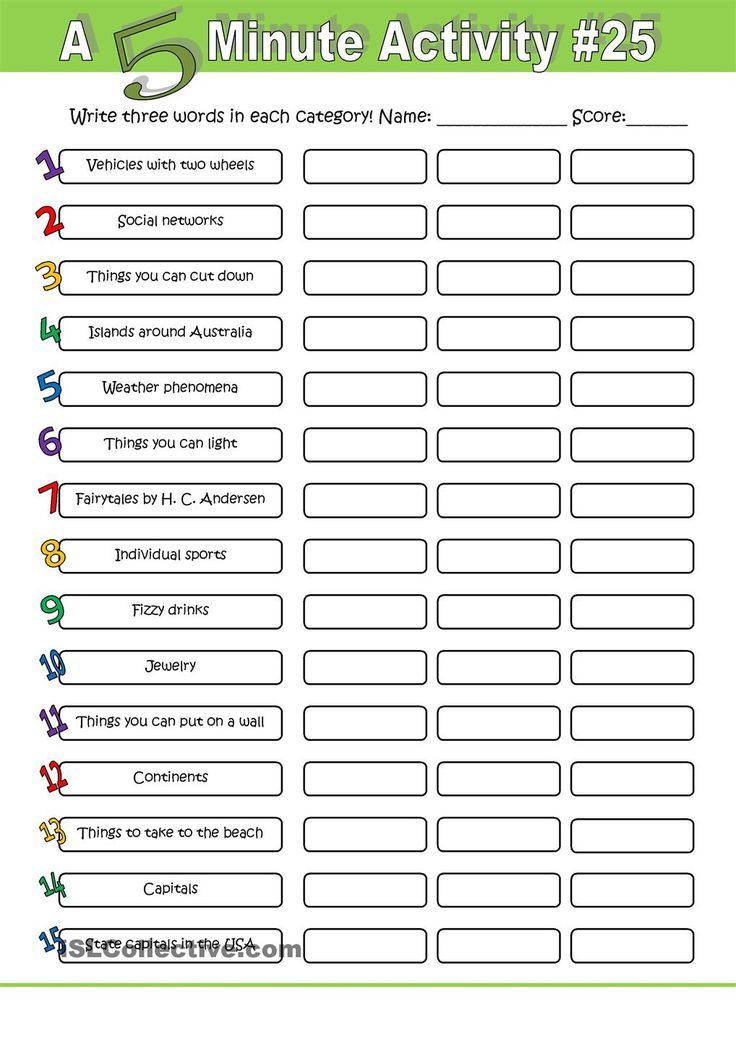 If the standard "framework" is mastered, then the task may be to compose a whole phrase with one consonant: a textbook example from the book by Evgeny Gik - "Bobby, kill the boy and beat the woman at the baobab." nine0007
If the standard "framework" is mastered, then the task may be to compose a whole phrase with one consonant: a textbook example from the book by Evgeny Gik - "Bobby, kill the boy and beat the woman at the baobab." nine0007
Chain of words
Game for any number of players. Many people know it under the name "How to make an elephant out of a fly", and it was invented by the writer and mathematician Lewis Carroll, the author of "Alice". The “chain” is based on metagram words, that is, words that differ by only one letter. The task of the players is to turn one word into another with the least number of intermediate links. For example, let's make a "goat" from a "fox": FOX - LINDE - PAW - KAPA - KARA - KORA - GOAT. It is interesting to give tasks with a plot: so that the “day” turns into “night”, the “river” becomes the “sea”. The well-known chain, where the "elephant" grows out of the "fly", is obtained in 16 moves: FLY - MURA - TURA - TARA - KARA - KARE - CAFE - KAFR - MURDER - KAYUK - HOOK - URIK - LESSON - TERM - DRAIN - STON - ELEPHANT (example of Evgeny Gik).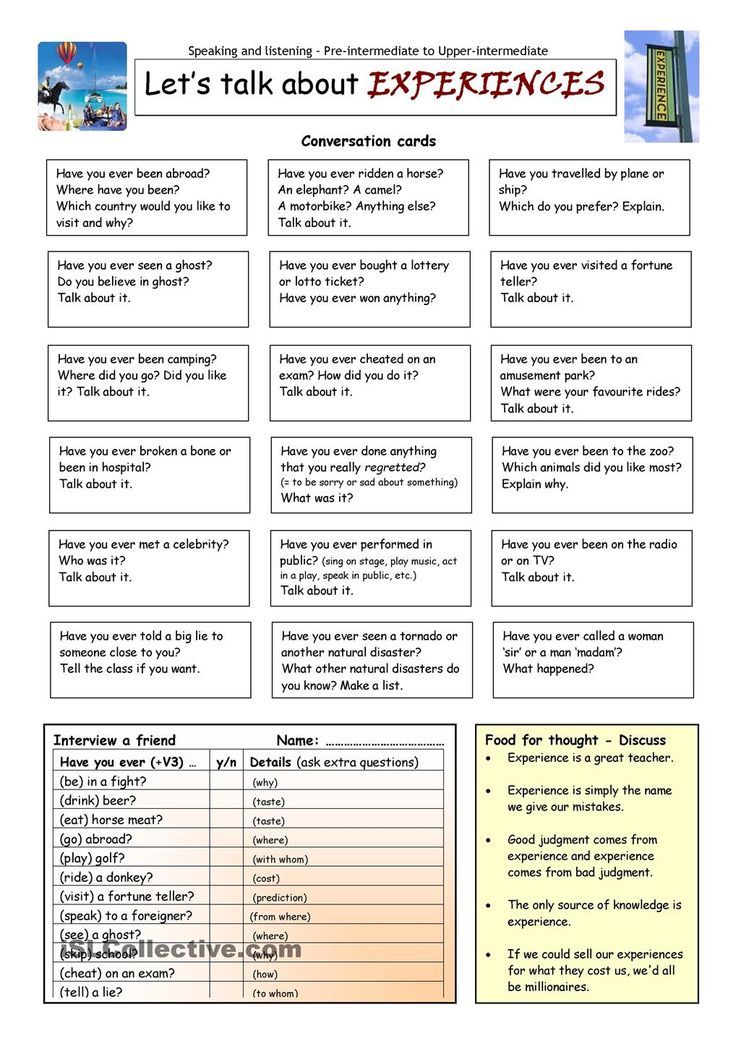 For training, you can compete in the search for metagrams for any word. For example, the word "tone" gives "sleep", "background", "current", "tom", "tan" and so on - whoever scores more options wins. nine0007 Primer "A. B. C. Trim, alphabet enchanté. Illustrations by Bertal. France, 1861 Wikimedia Commons
For training, you can compete in the search for metagrams for any word. For example, the word "tone" gives "sleep", "background", "current", "tom", "tan" and so on - whoever scores more options wins. nine0007 Primer "A. B. C. Trim, alphabet enchanté. Illustrations by Bertal. France, 1861 Wikimedia Commons
Hat
A game for a company of four people that requires simple equipment: pens, paper and a “hat” (an ordinary plastic bag will do). Sheets of paper need to be torn into small pieces and distributed to the players, the number of pieces depends on how many people are playing: the larger the company, the less for each. Players write words on pieces of paper (one for each piece of paper) and throw them into the "hat". There are also options here - you can play just with words (noun, common noun, singular), or you can play with famous people or literary characters. Then the participants are divided into teams - two or more people each; the task of each - in 20 seconds (or 30, or a minute - the timing can be set at your own choice) to explain to your teammates the largest number of words arbitrarily pulled out of the "hat", without using the same root.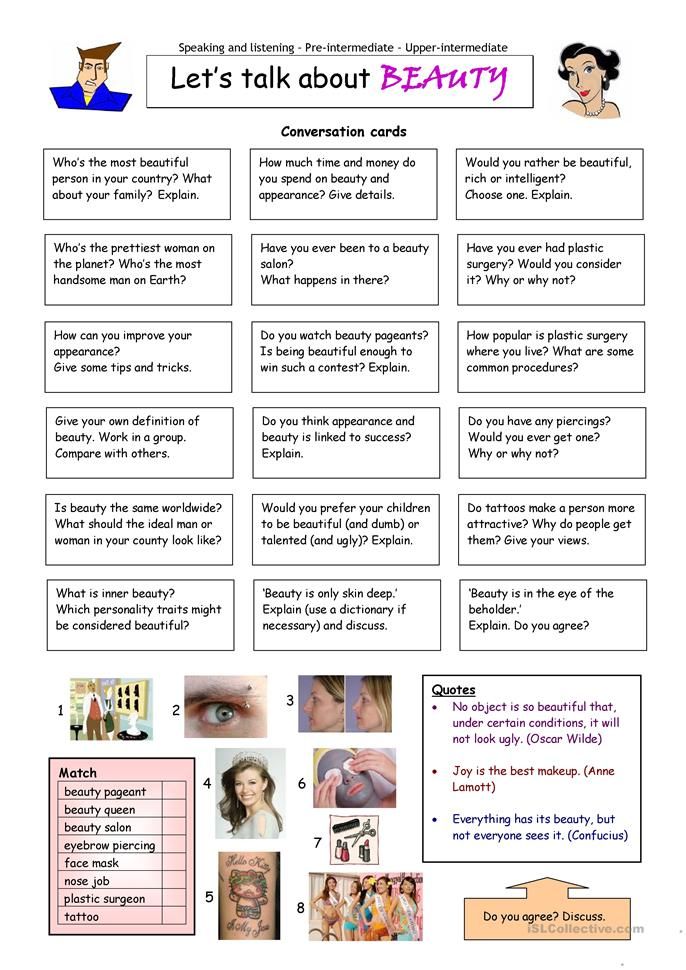 If the driver could not explain a word, it returns to the hat and will be played by the other team. At the end of the game, the words guessed by different representatives of the same team are summed up, their number is counted, and the team that has more pieces of paper is awarded the victory. A popular version of the game: everything is the same, but in the first round the players explain the words (or describe the characters) orally, in the second round they show in pantomime, in the third round they explain the same words in one word. And recently a board game has appeared, where you need not only to explain and show, but also to draw. nine0007
If the driver could not explain a word, it returns to the hat and will be played by the other team. At the end of the game, the words guessed by different representatives of the same team are summed up, their number is counted, and the team that has more pieces of paper is awarded the victory. A popular version of the game: everything is the same, but in the first round the players explain the words (or describe the characters) orally, in the second round they show in pantomime, in the third round they explain the same words in one word. And recently a board game has appeared, where you need not only to explain and show, but also to draw. nine0007
Telegrams
Game for any number of players. The players choose a word, for each letter of which they will need to come up with a part of the telegram - the first letter will be the beginning of the first word, the second - the second, and so on. For example, the word "fork" is selected. Then the following message can become a telegram: “The camel is healed.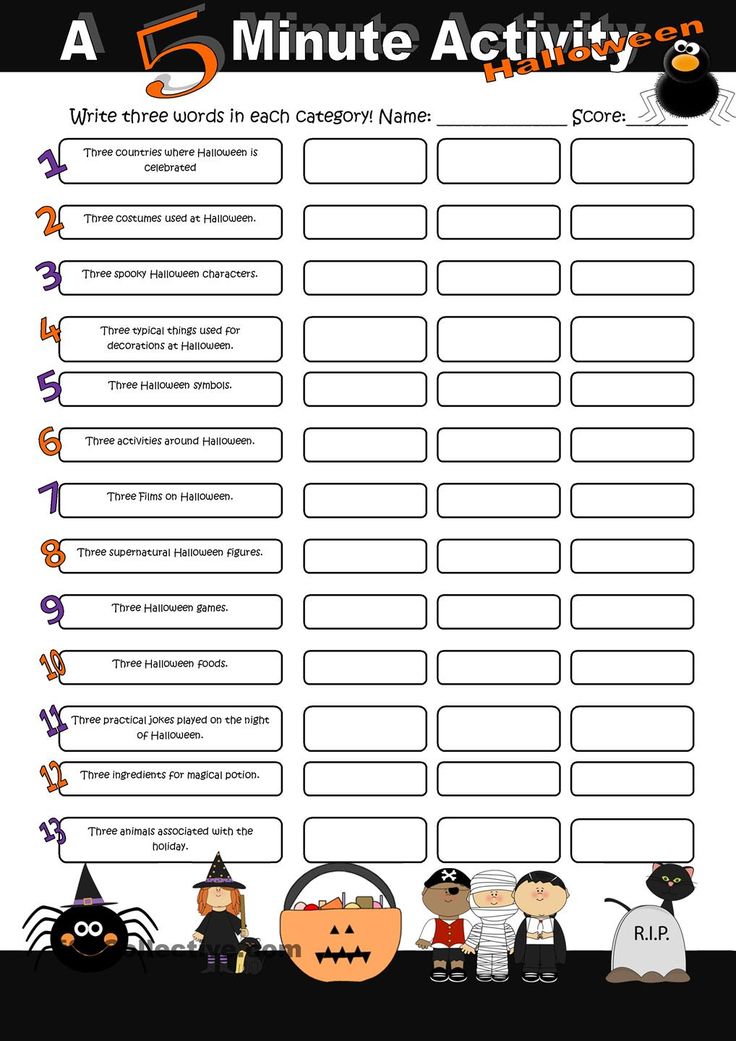 I'm flying a crocodile. Aibolit". Another round of the game is the addition of genres. Each player gets the task to write not one, but several telegrams from the same word - business, congratulatory, romantic (the types of messages are agreed in advance). Telegrams are read aloud, the next word is chosen. nine0007
I'm flying a crocodile. Aibolit". Another round of the game is the addition of genres. Each player gets the task to write not one, but several telegrams from the same word - business, congratulatory, romantic (the types of messages are agreed in advance). Telegrams are read aloud, the next word is chosen. nine0007
even more different games for one or a company
Home games
Shadow theater, crafts and paper dolls from children's books and magazines of the XIX-XX centuries
Yard games Ring and other games
Games from classic books
What do the heroes of the works of Nabokov, Lindgren and Milne play
A children's course on where games, jokes, horror stories and memes come from and why we need them
Children's room
Special project
Children's room Arzamas
Sources
- Balandin B.
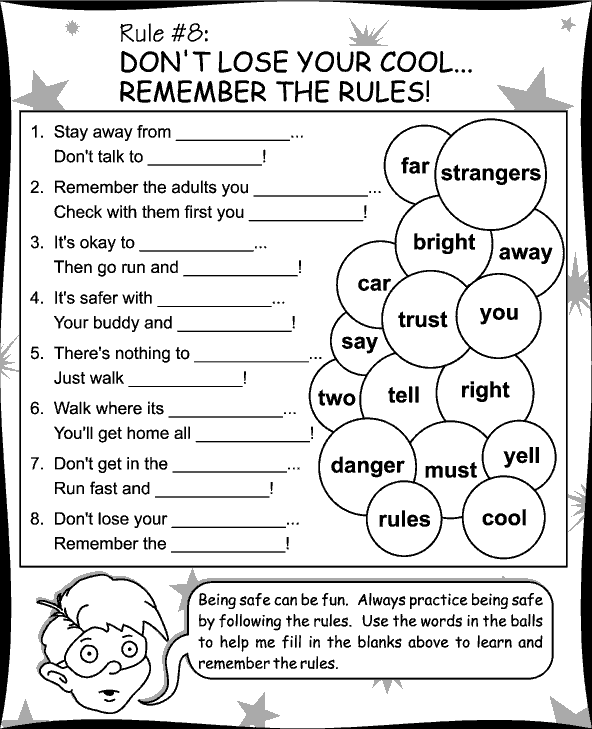
Learn more

